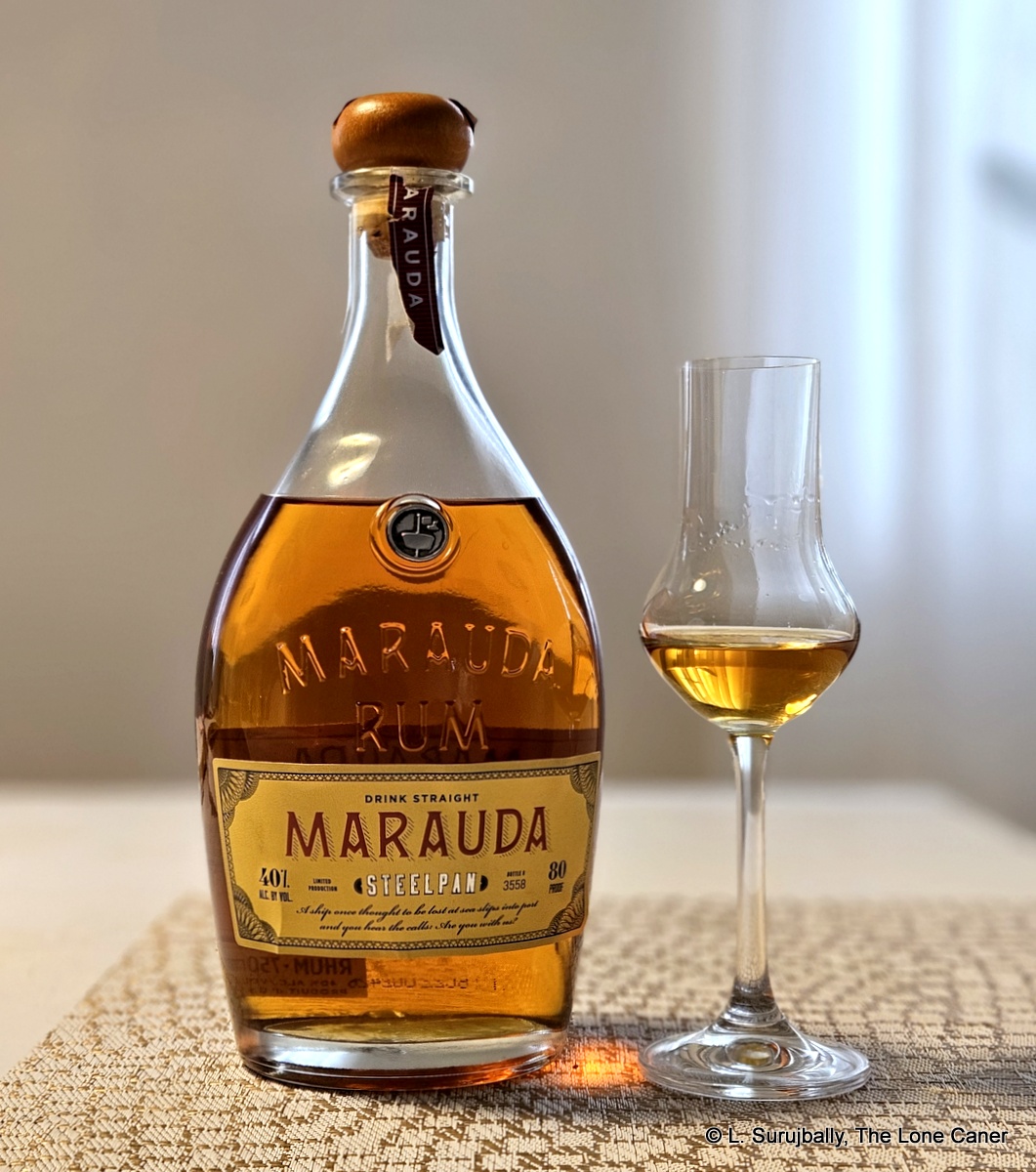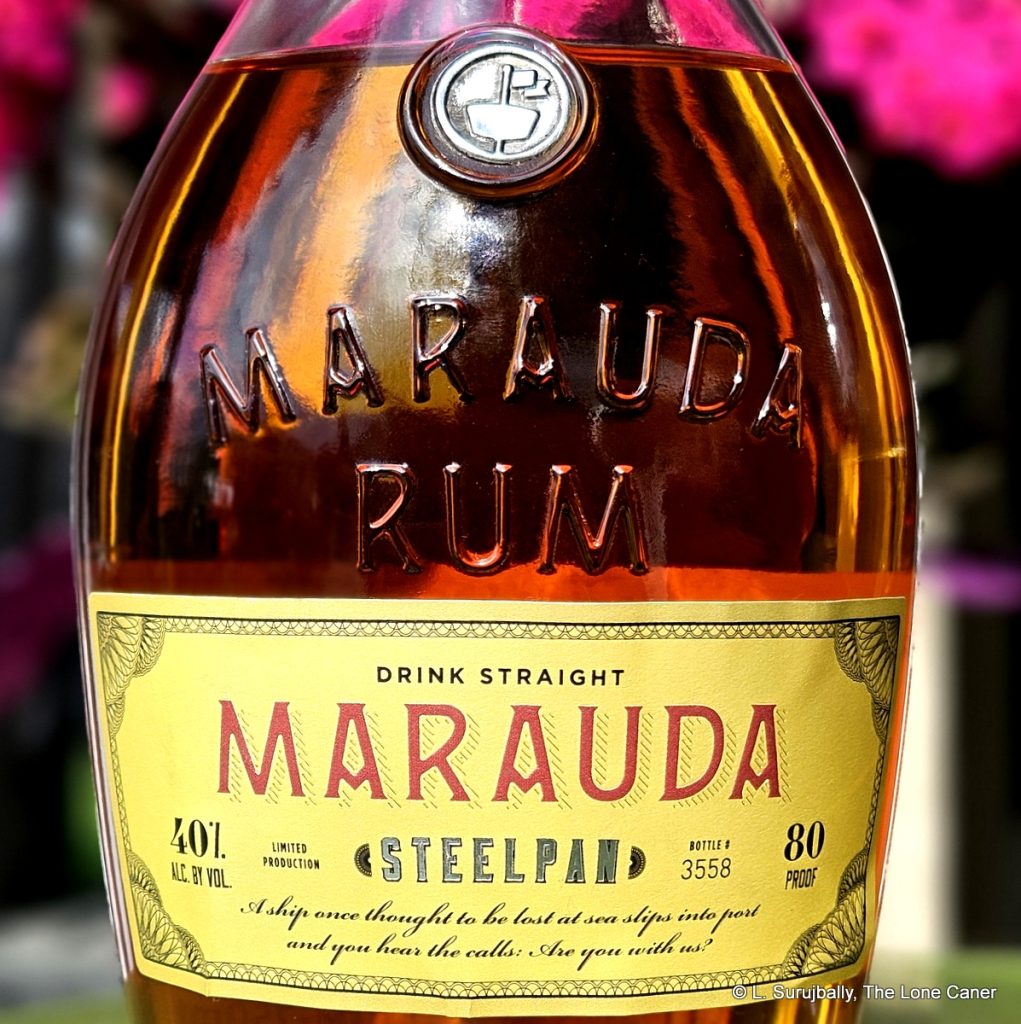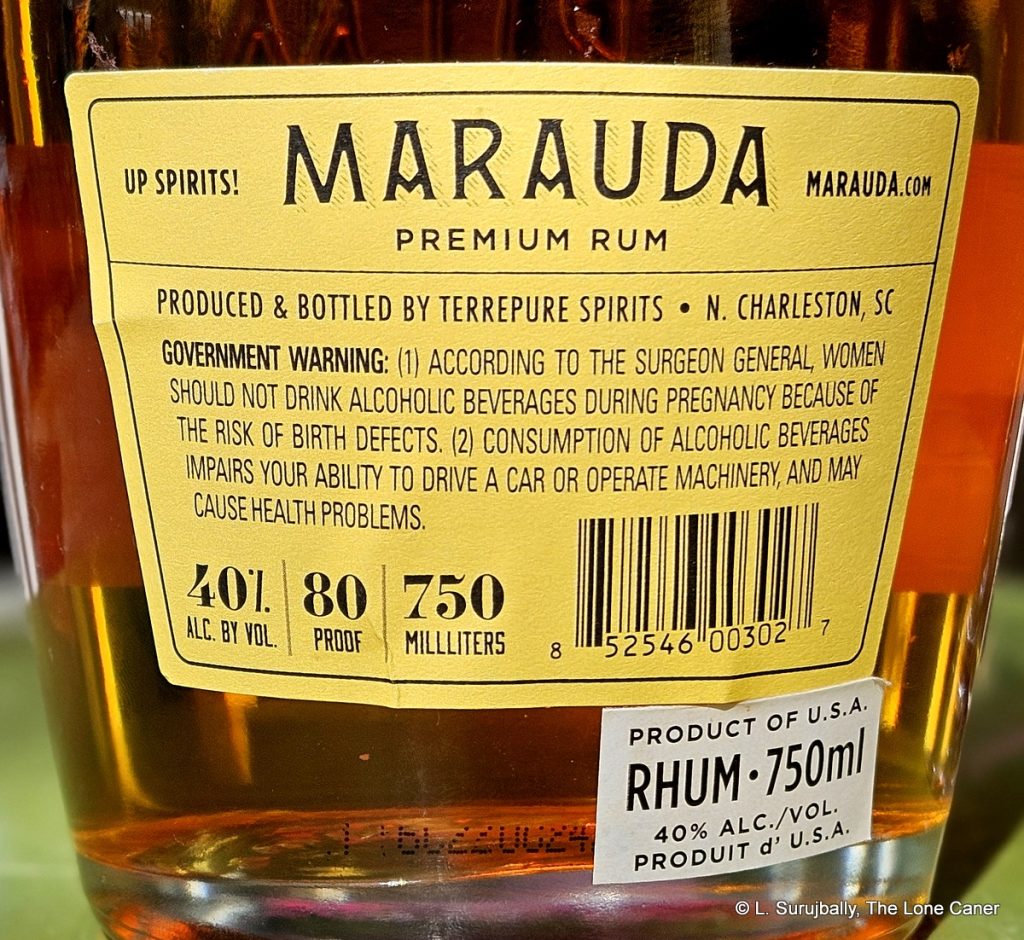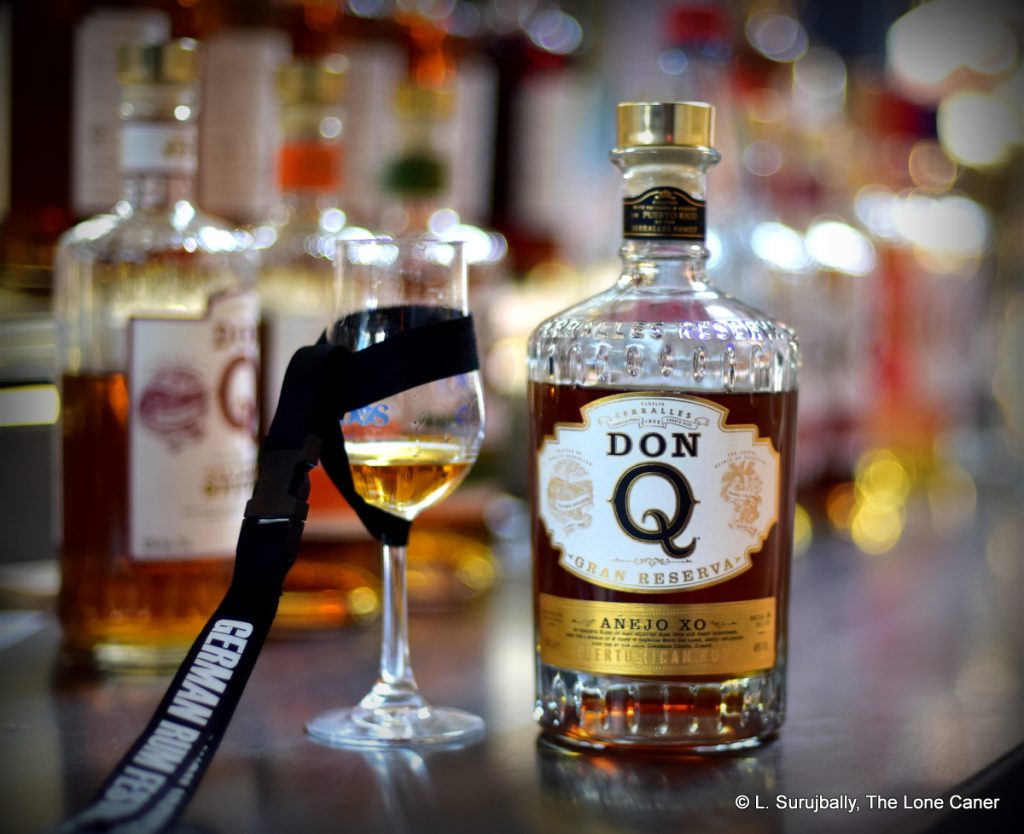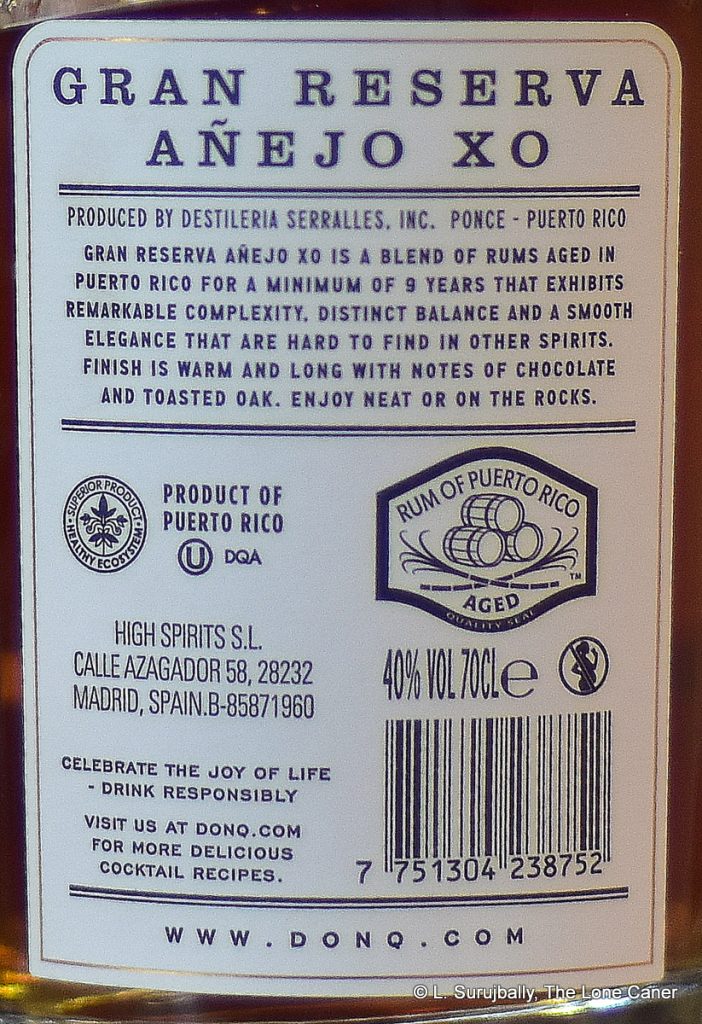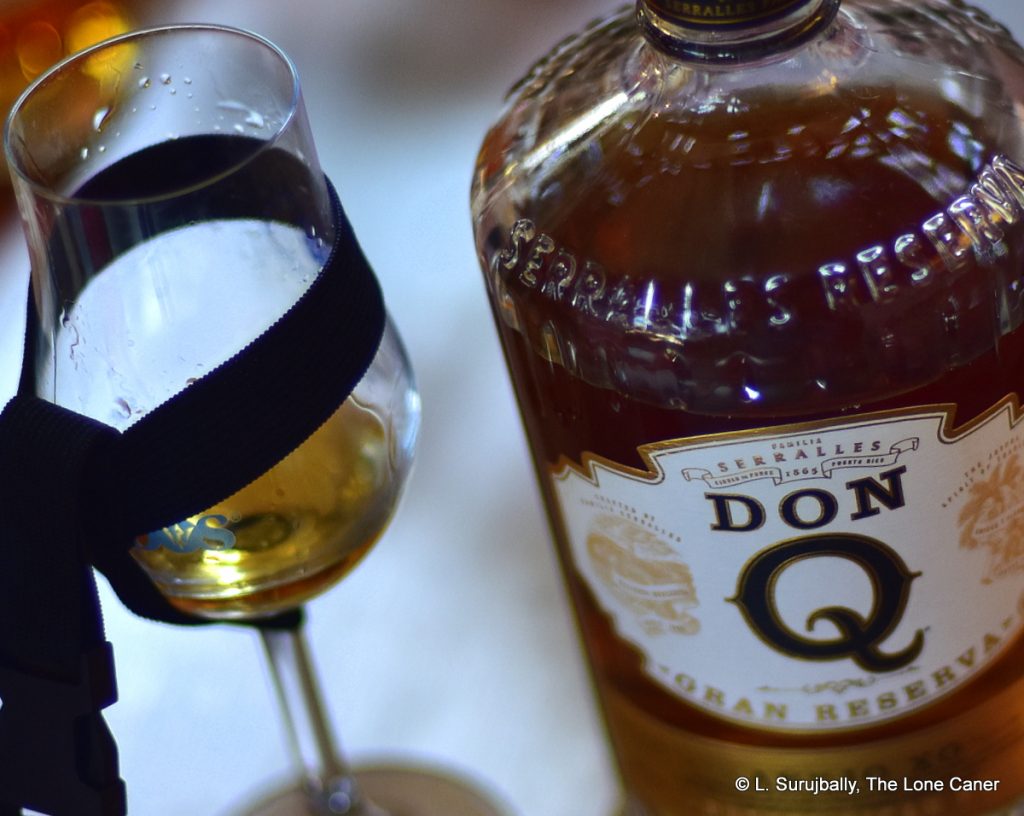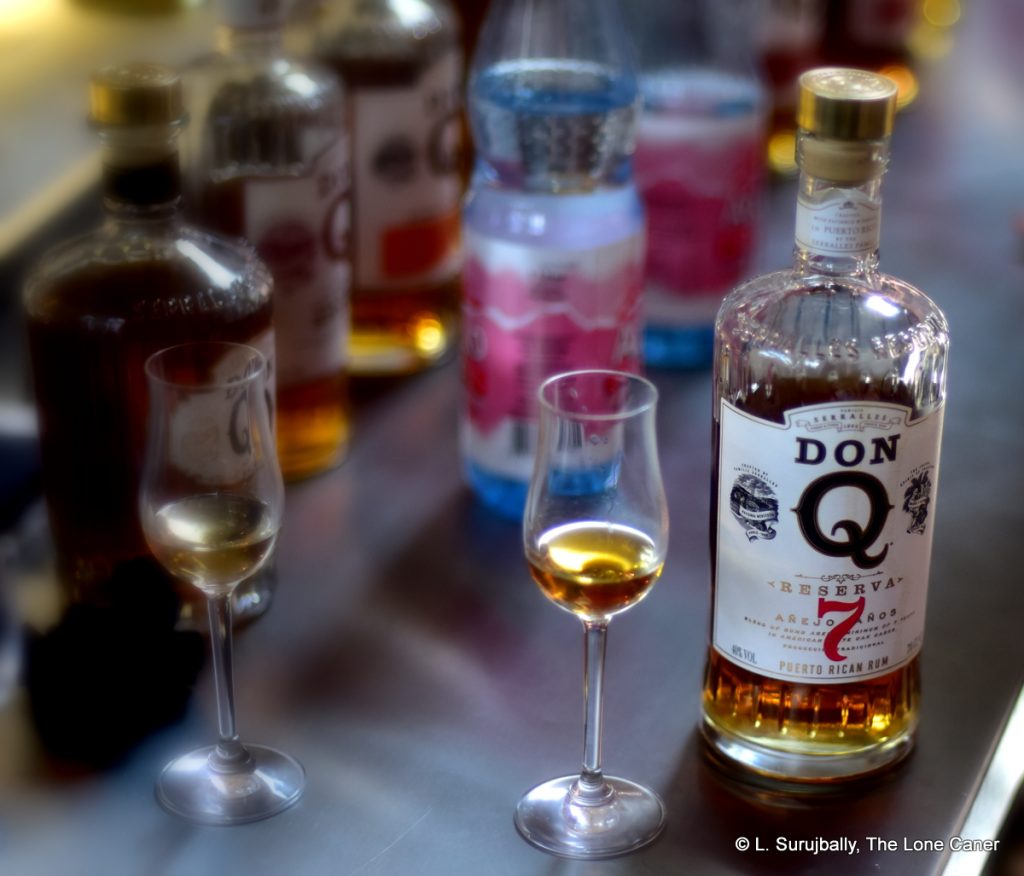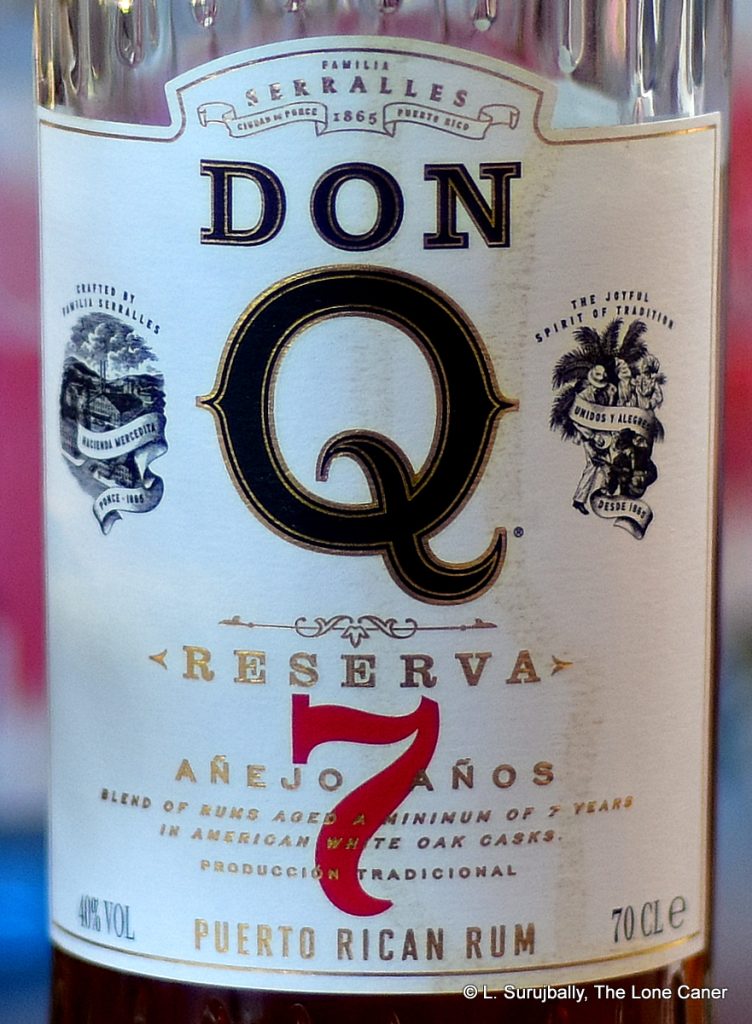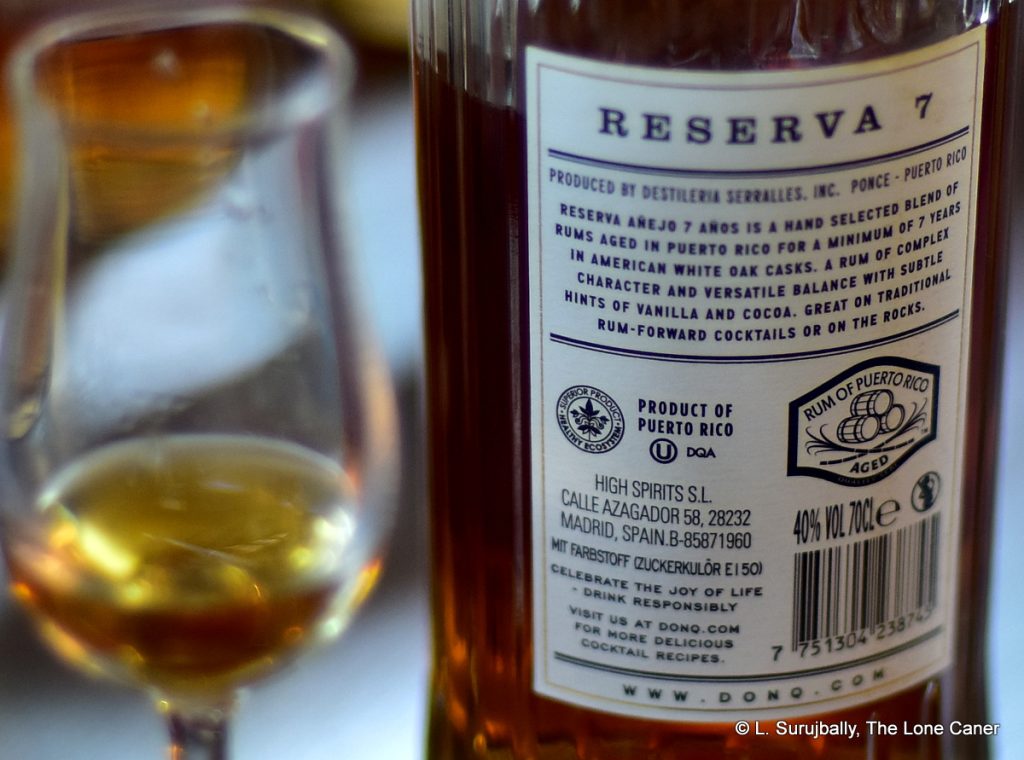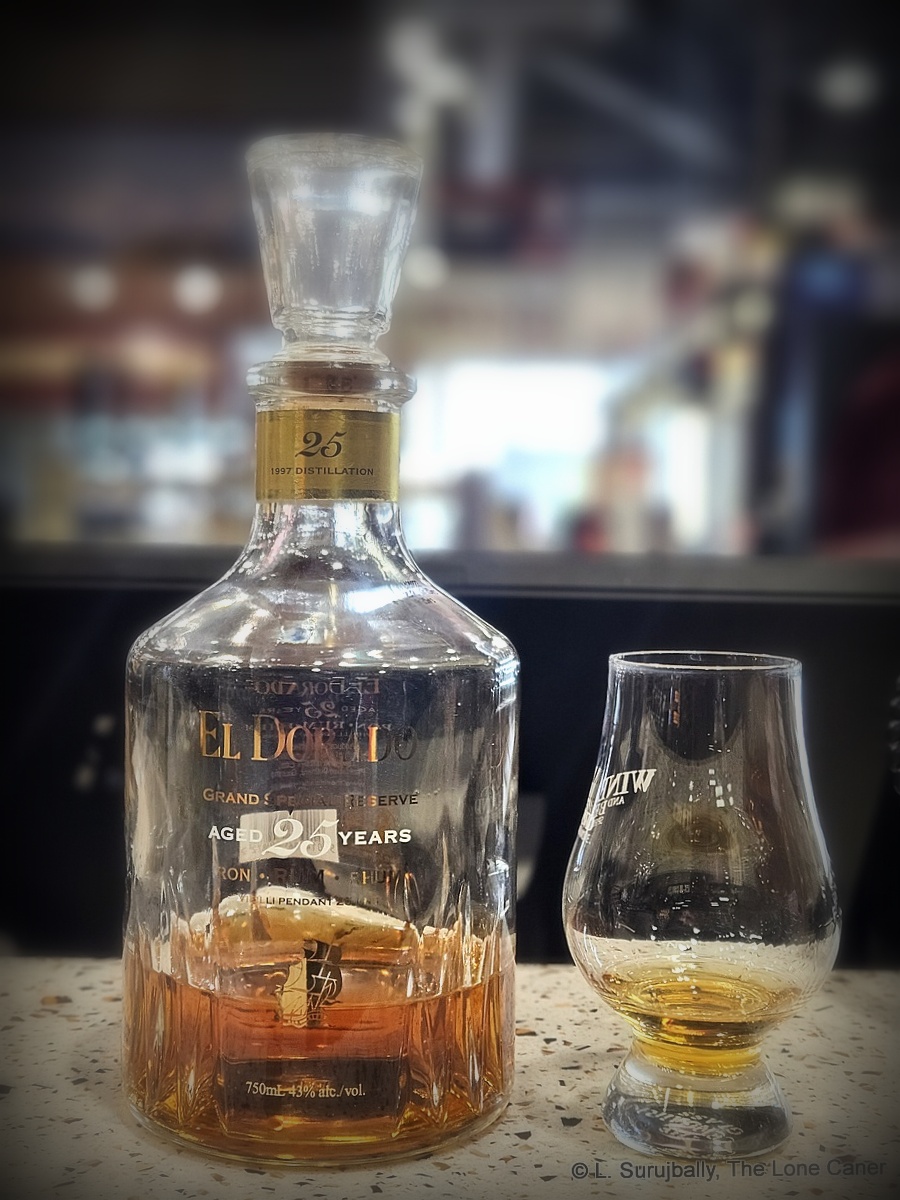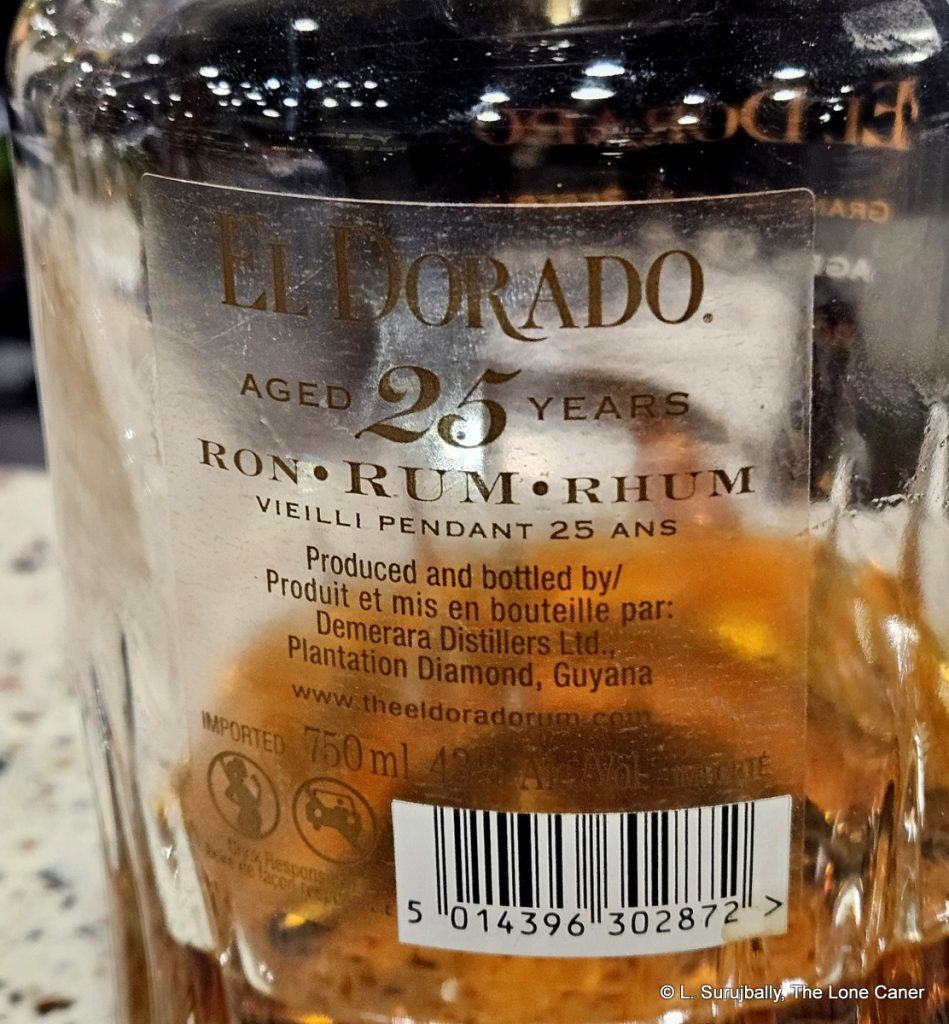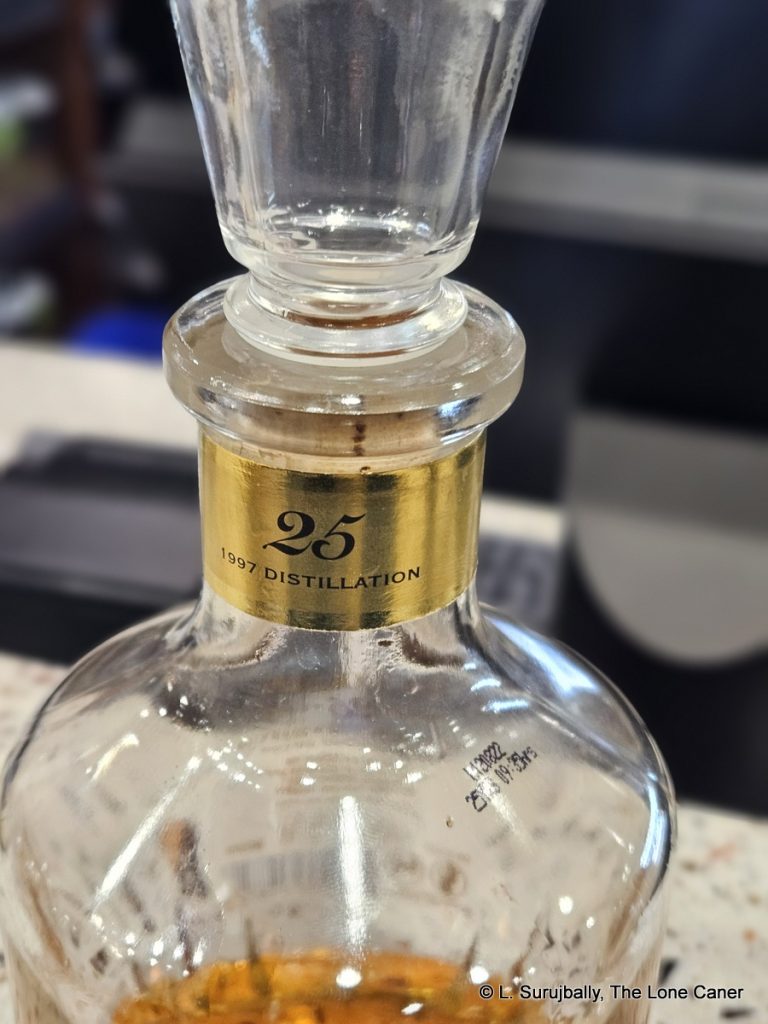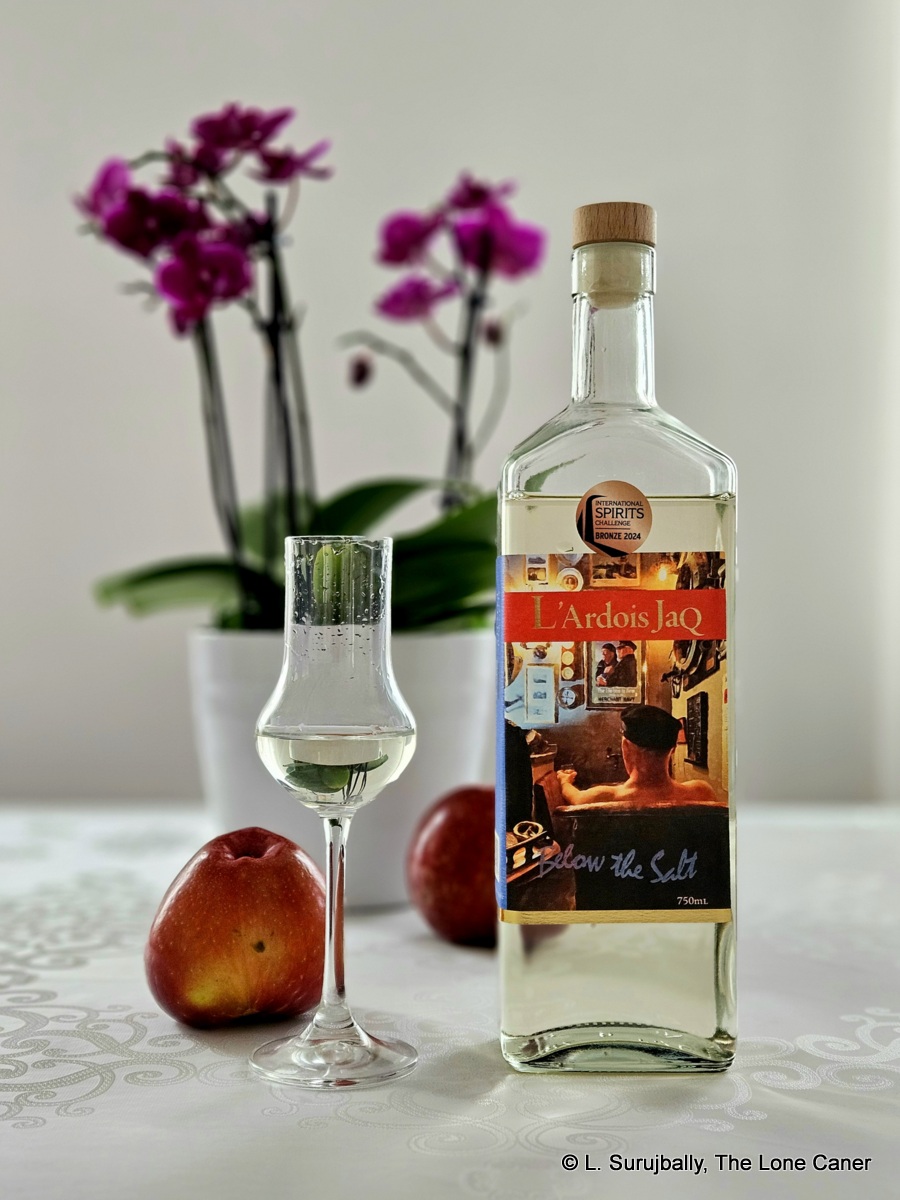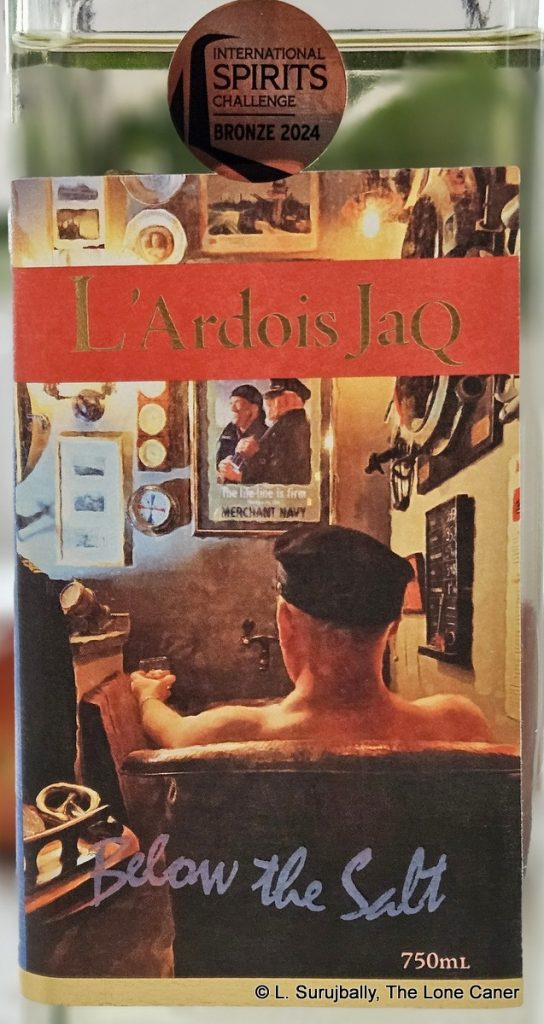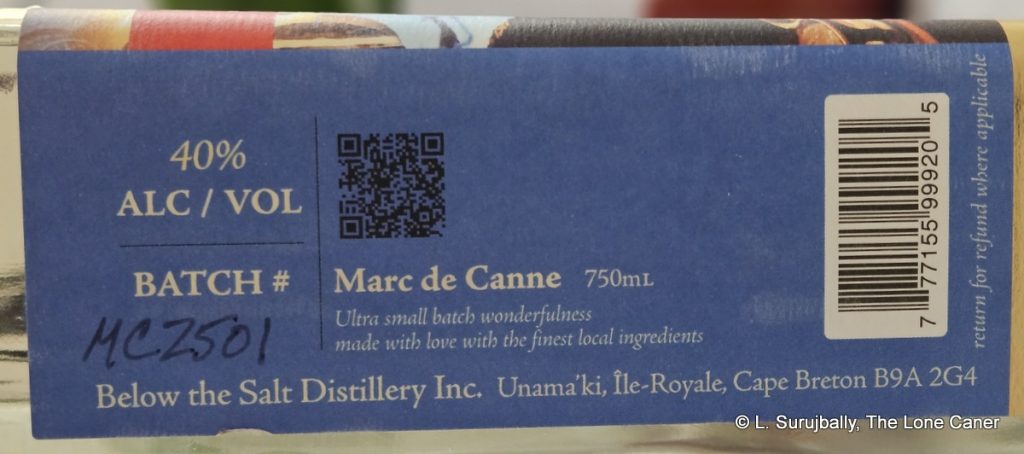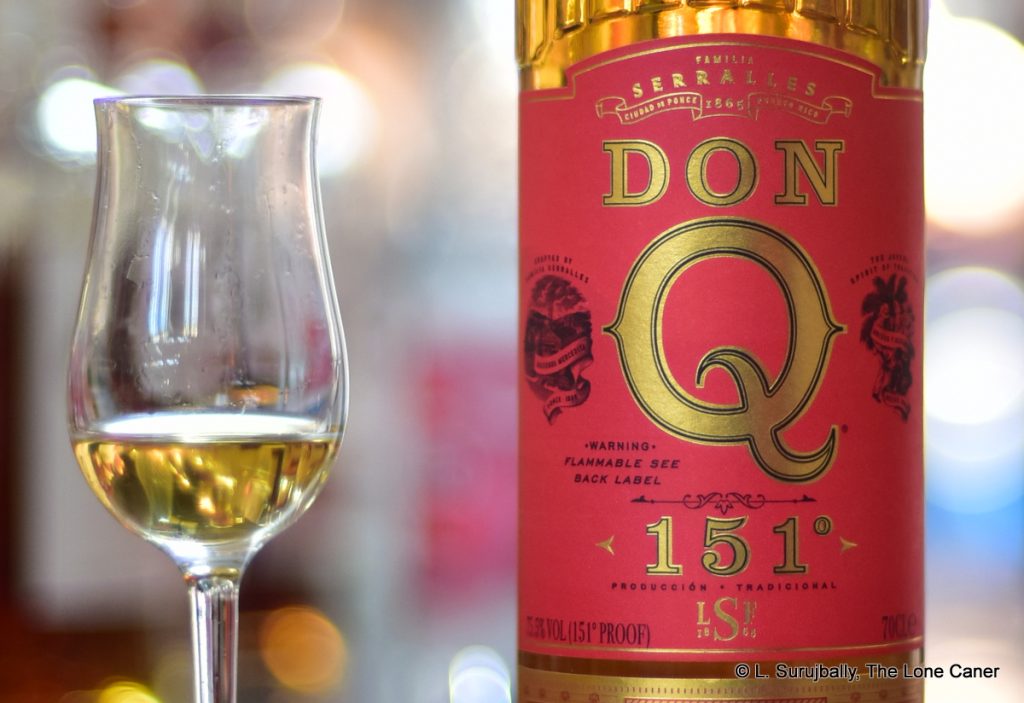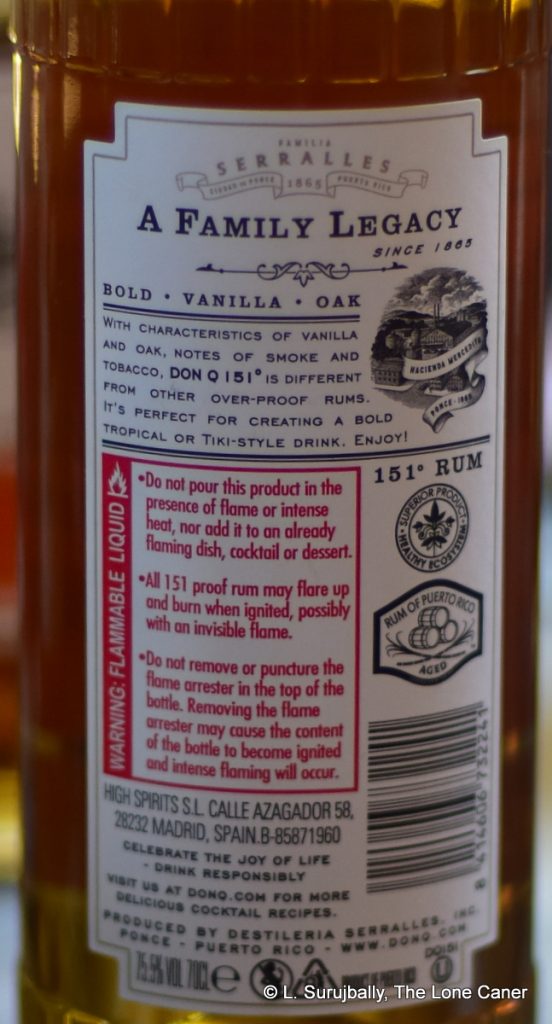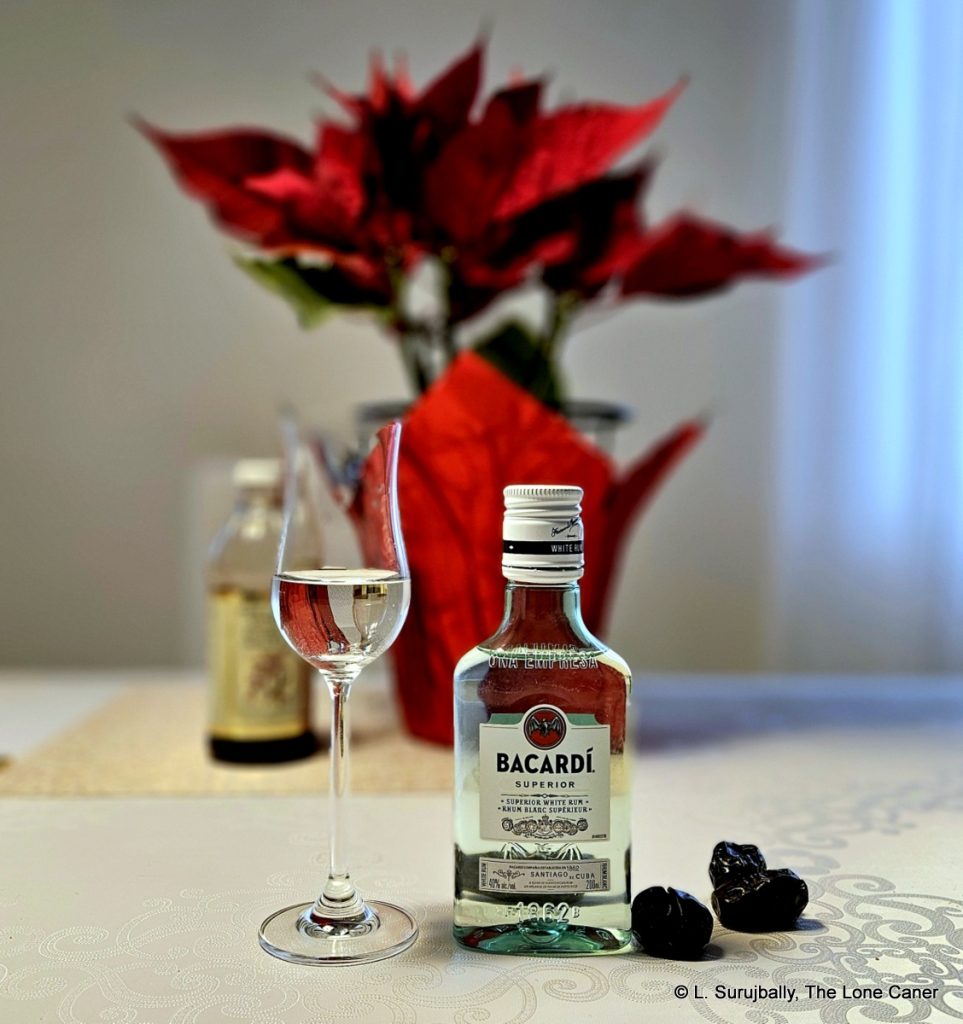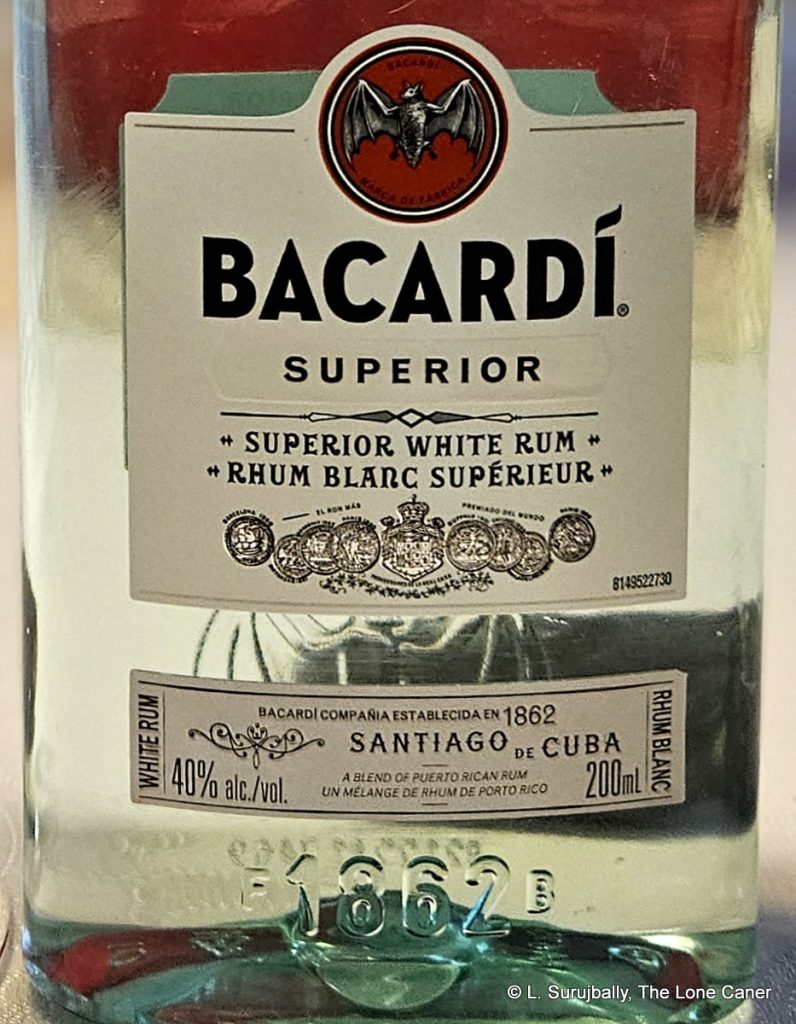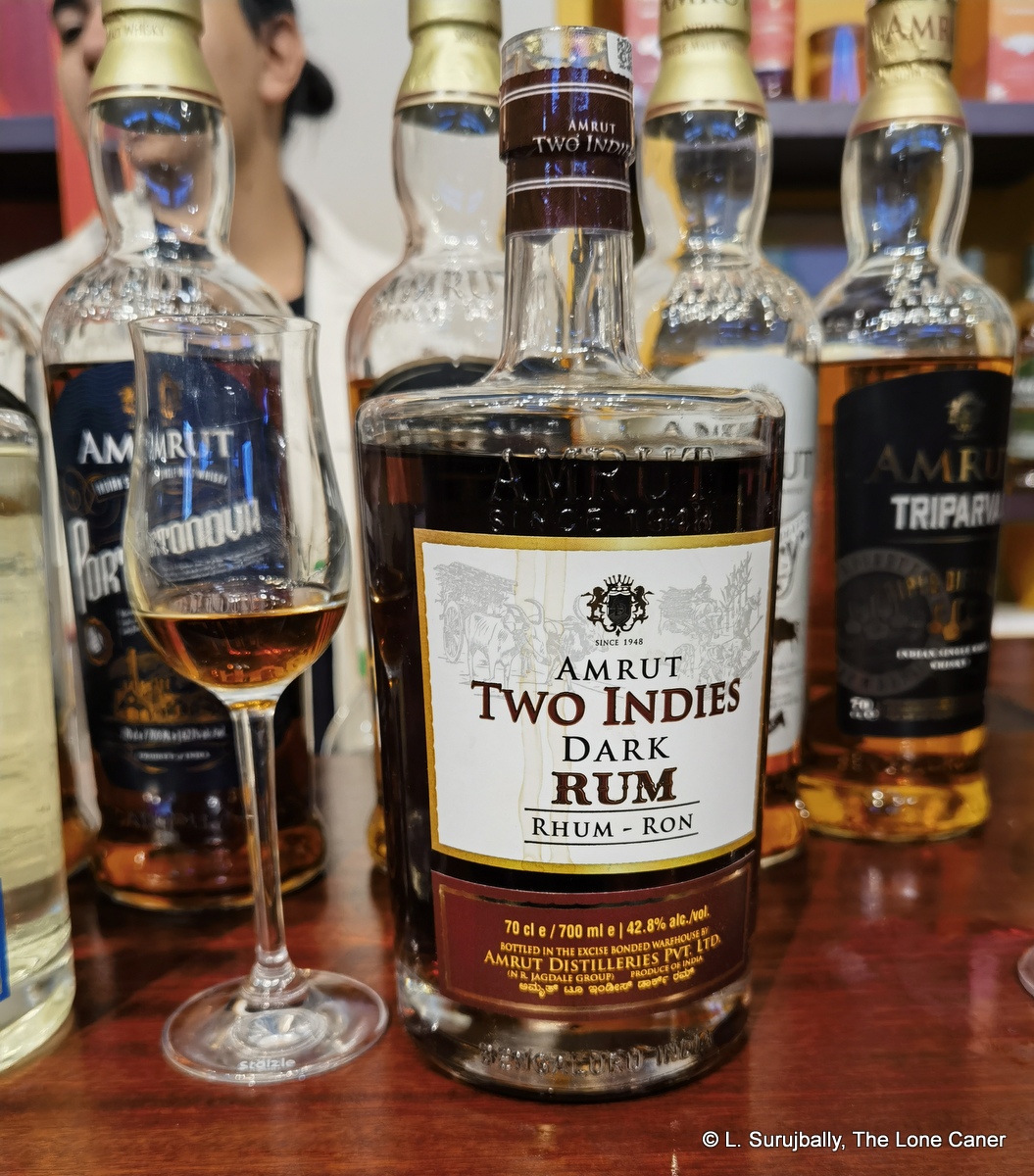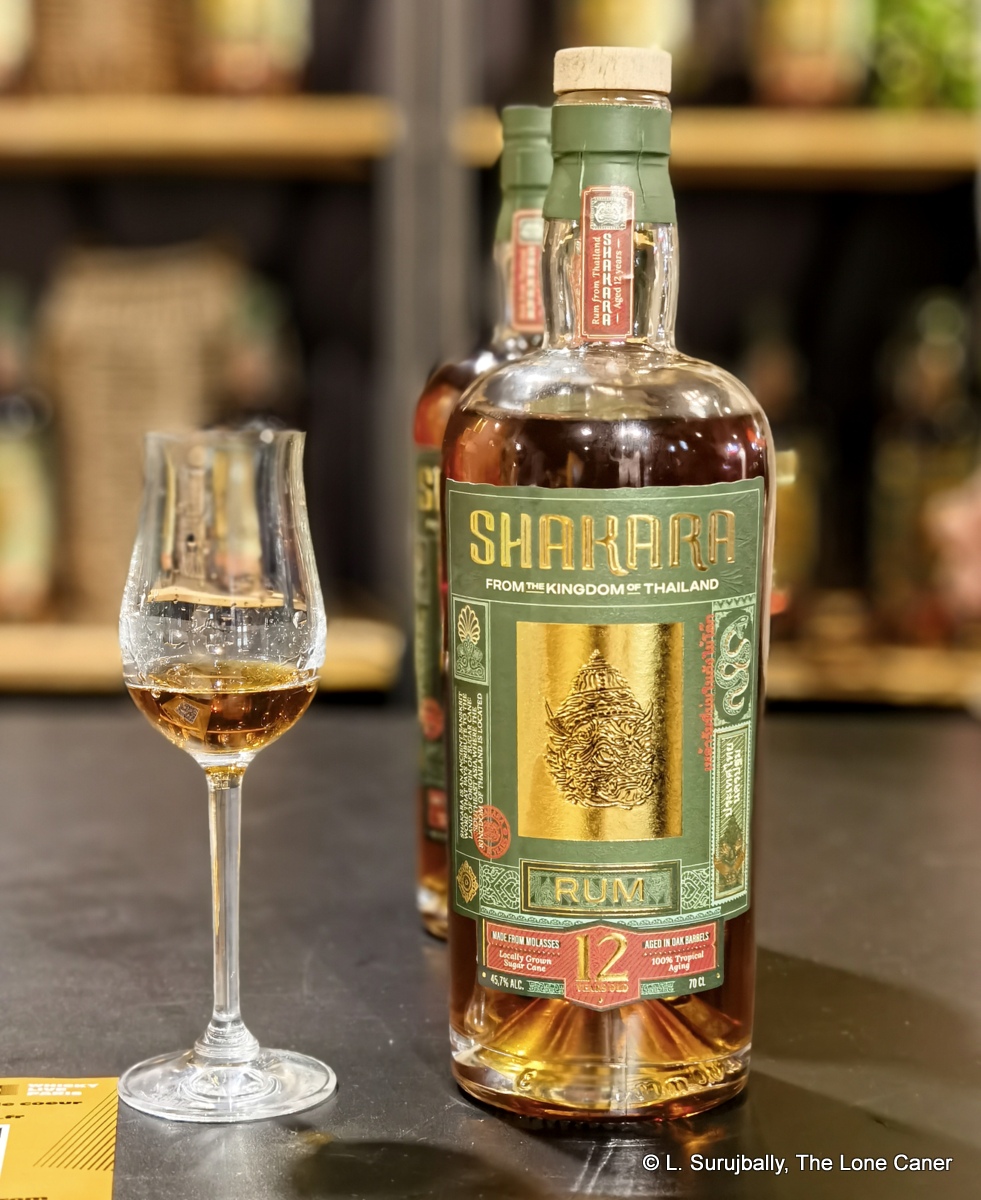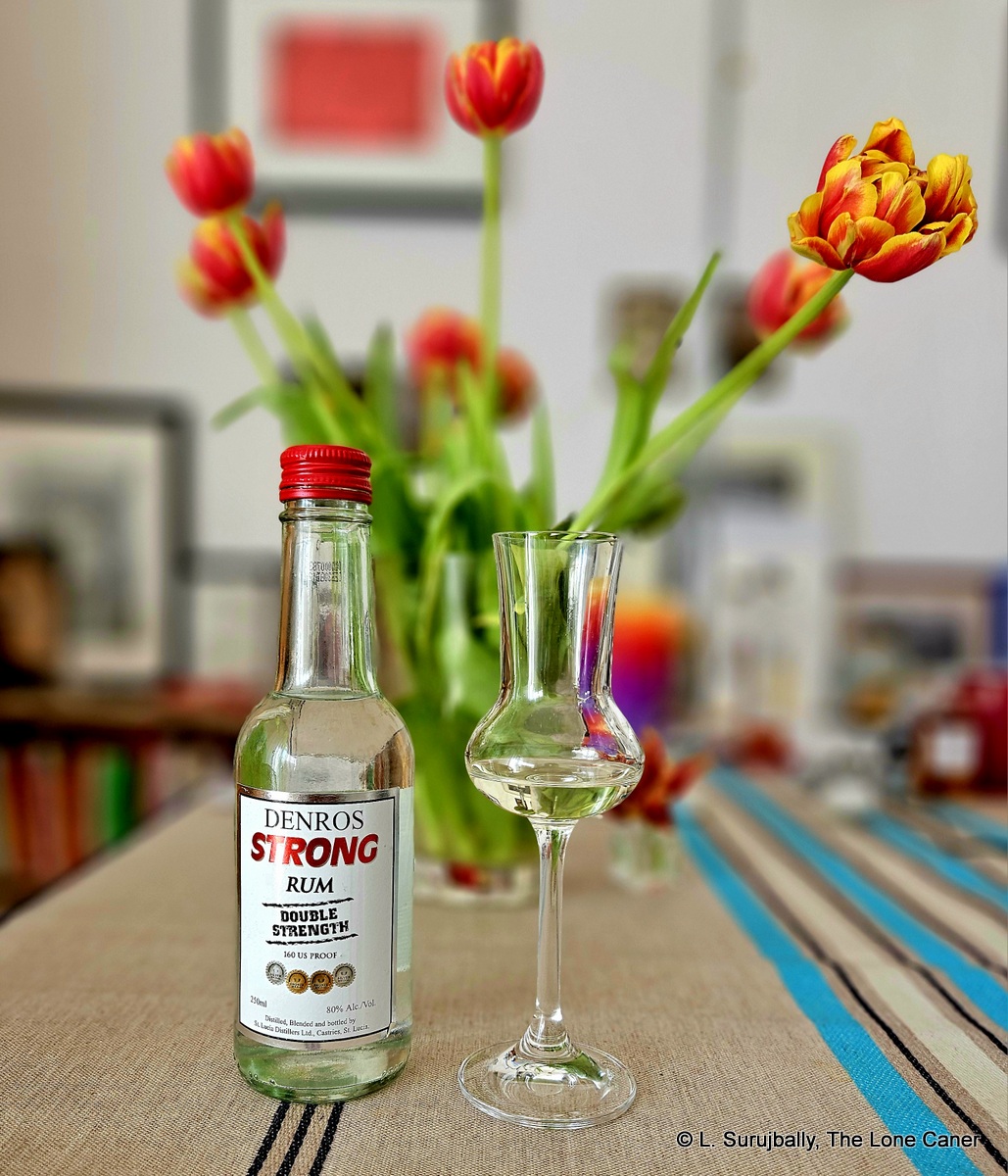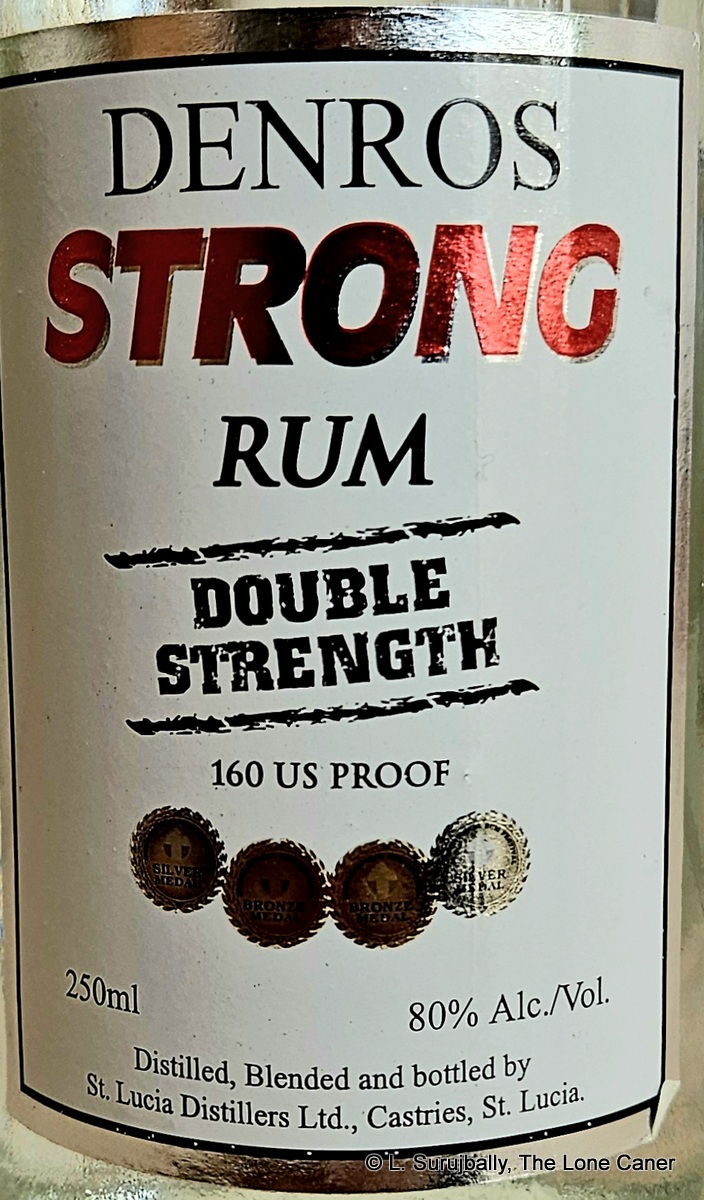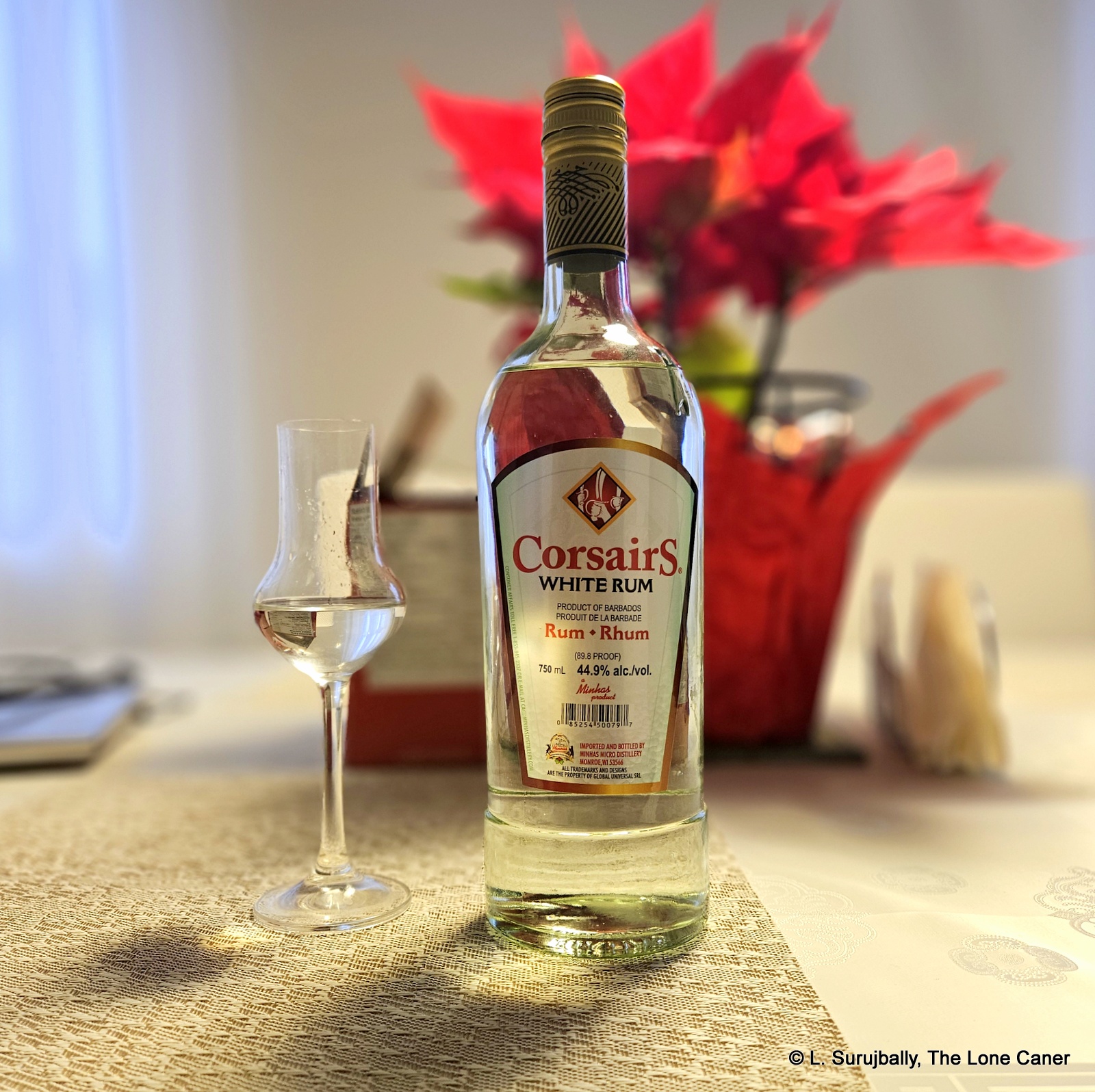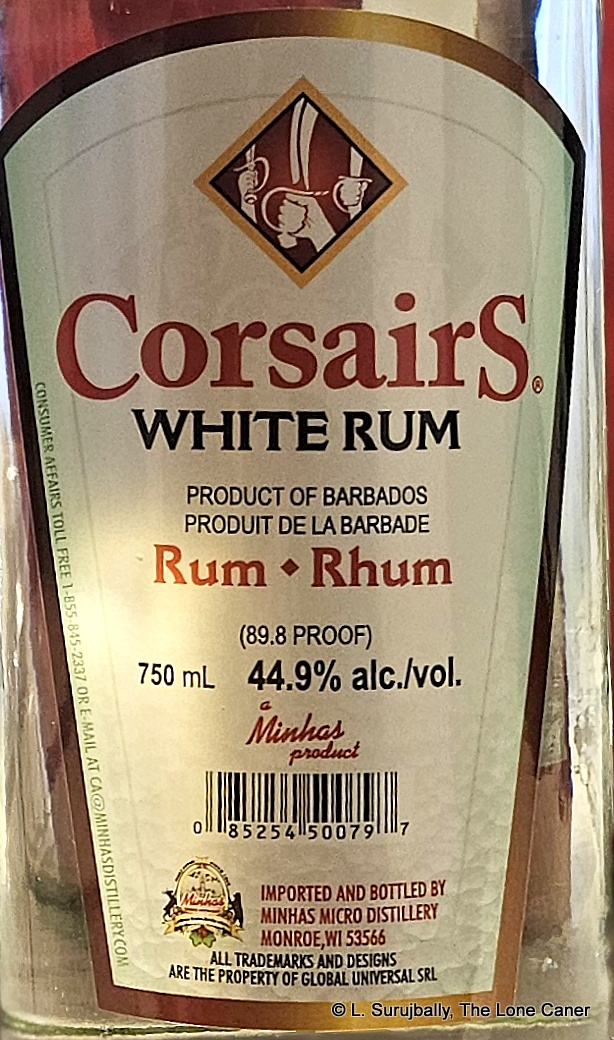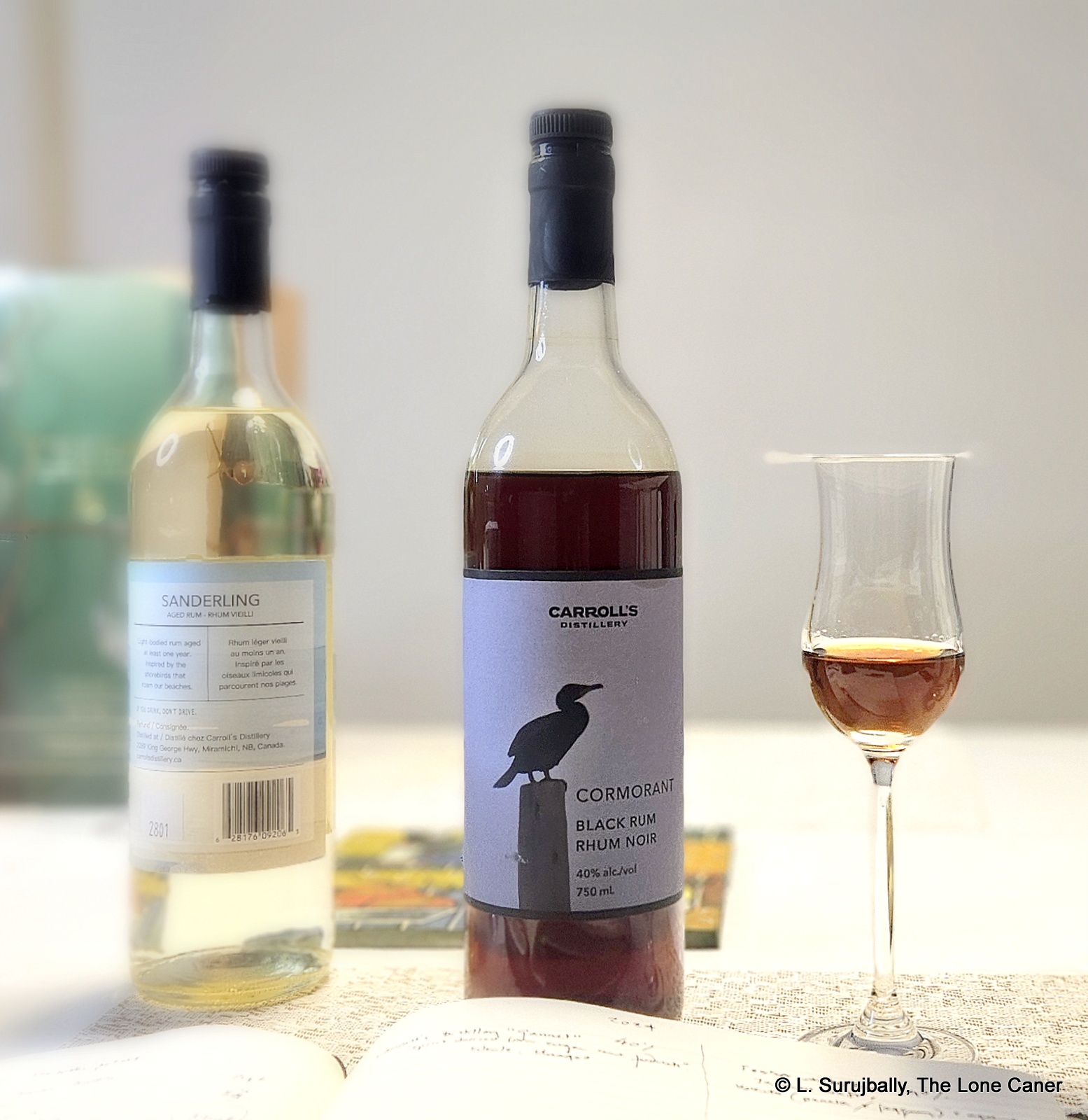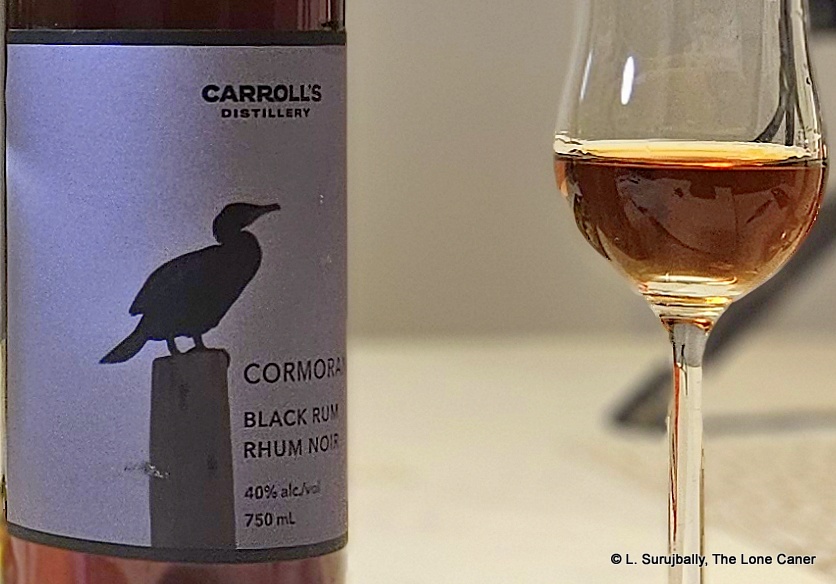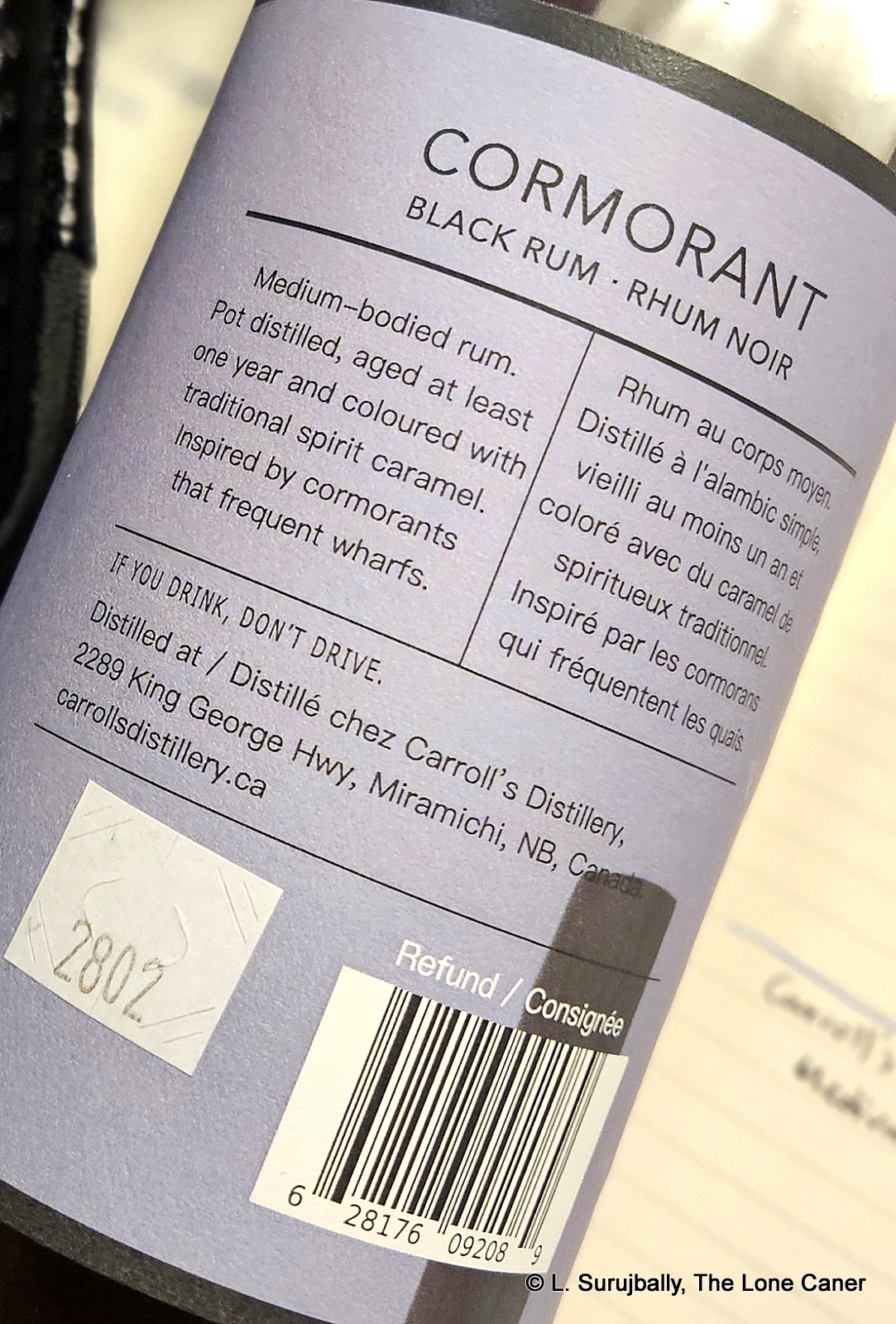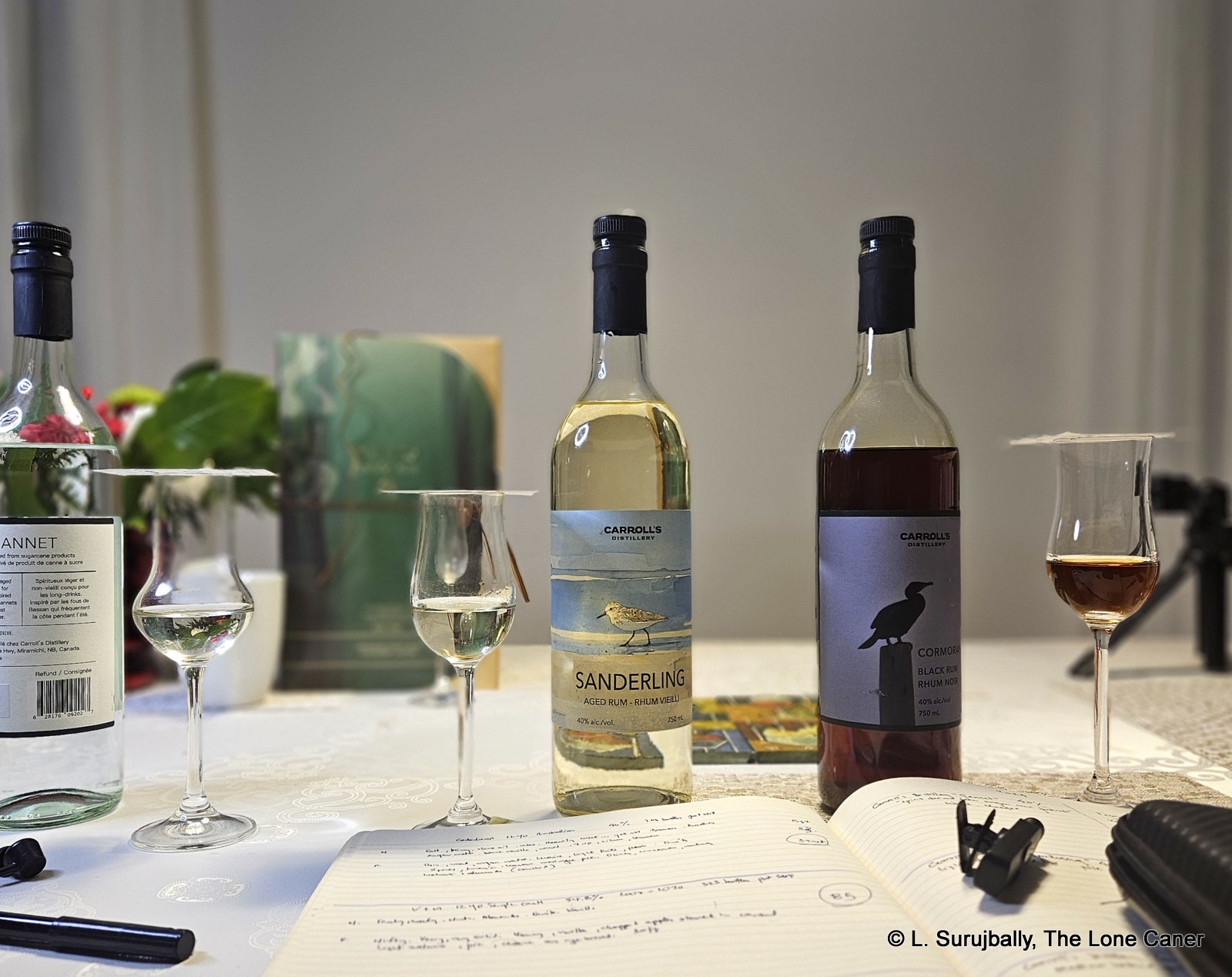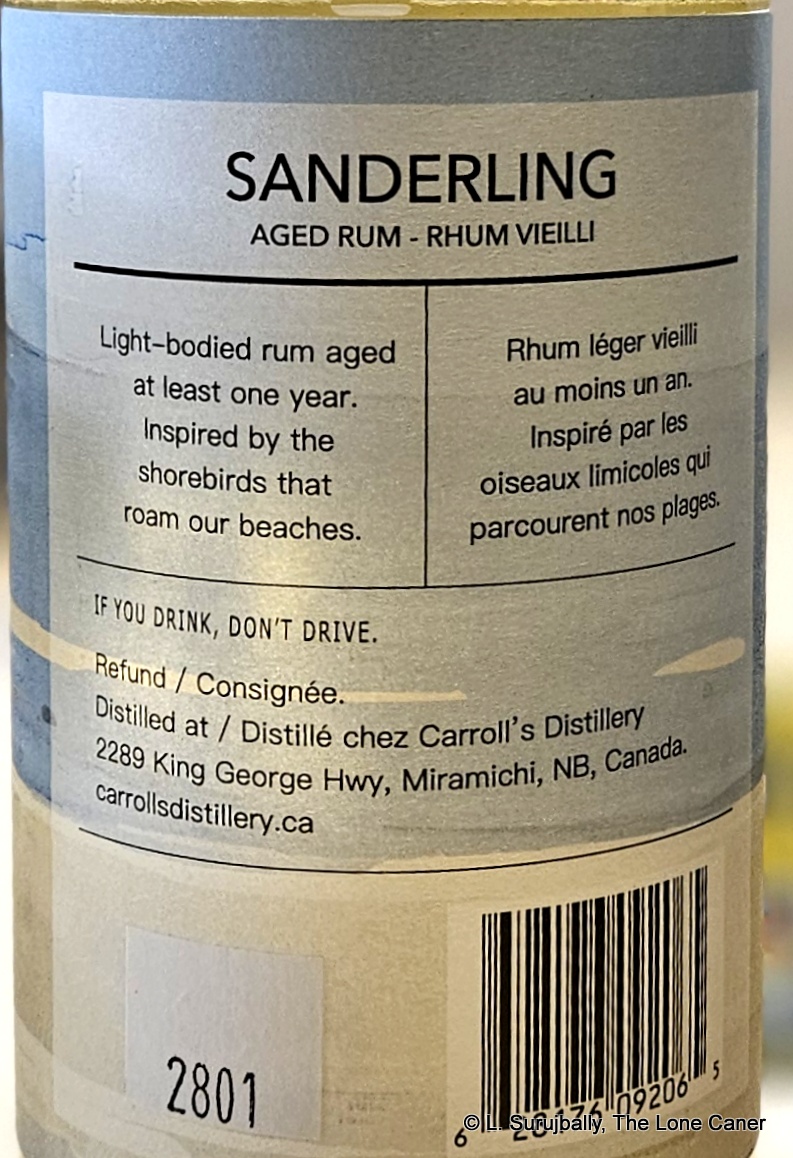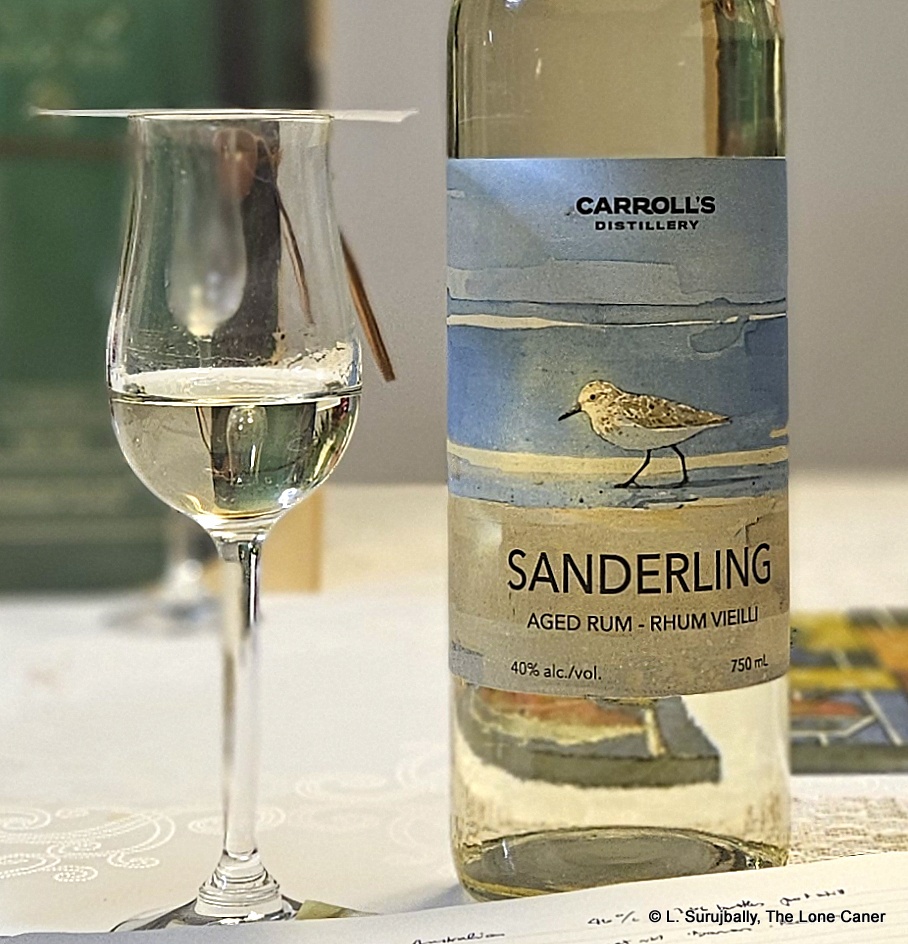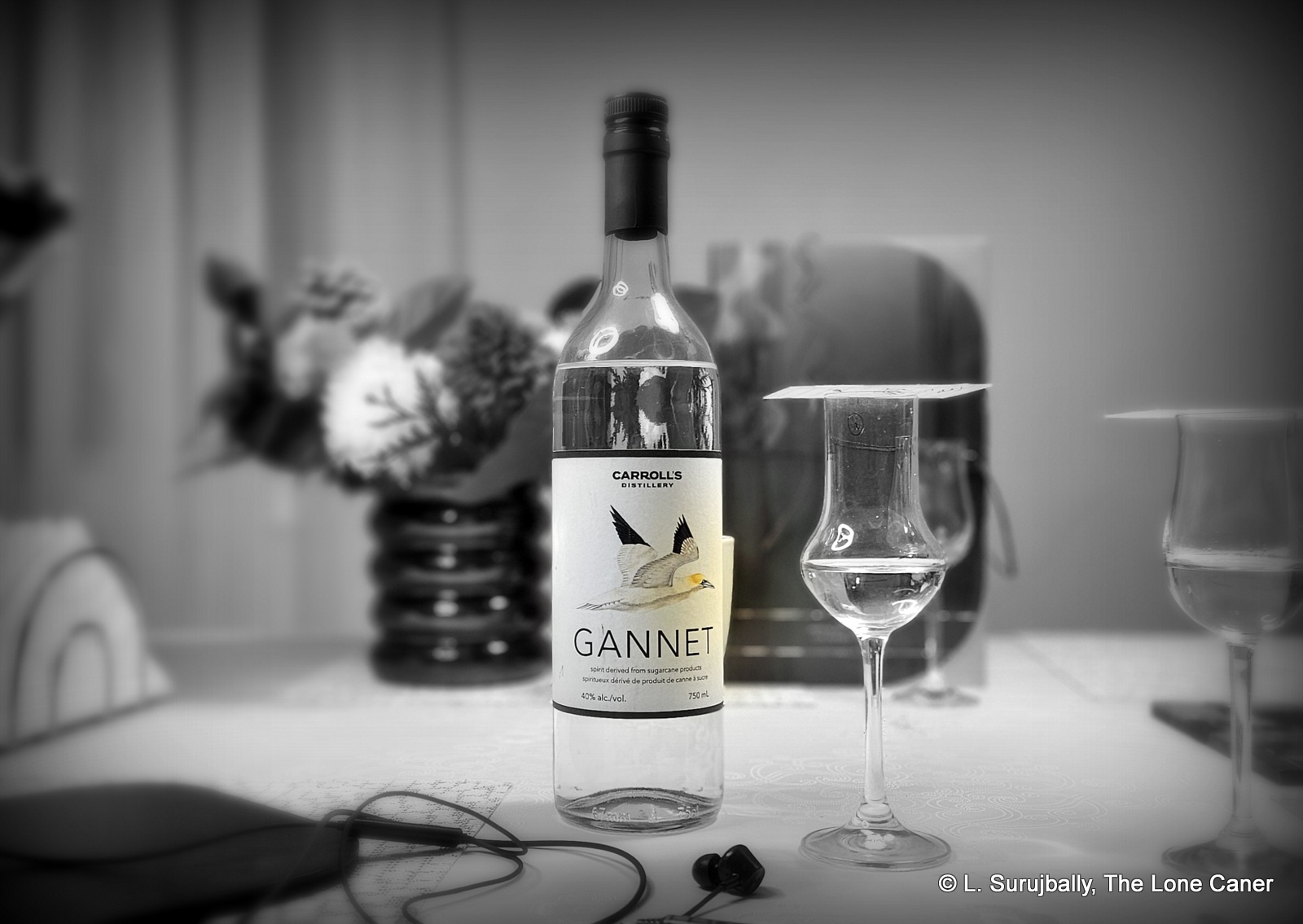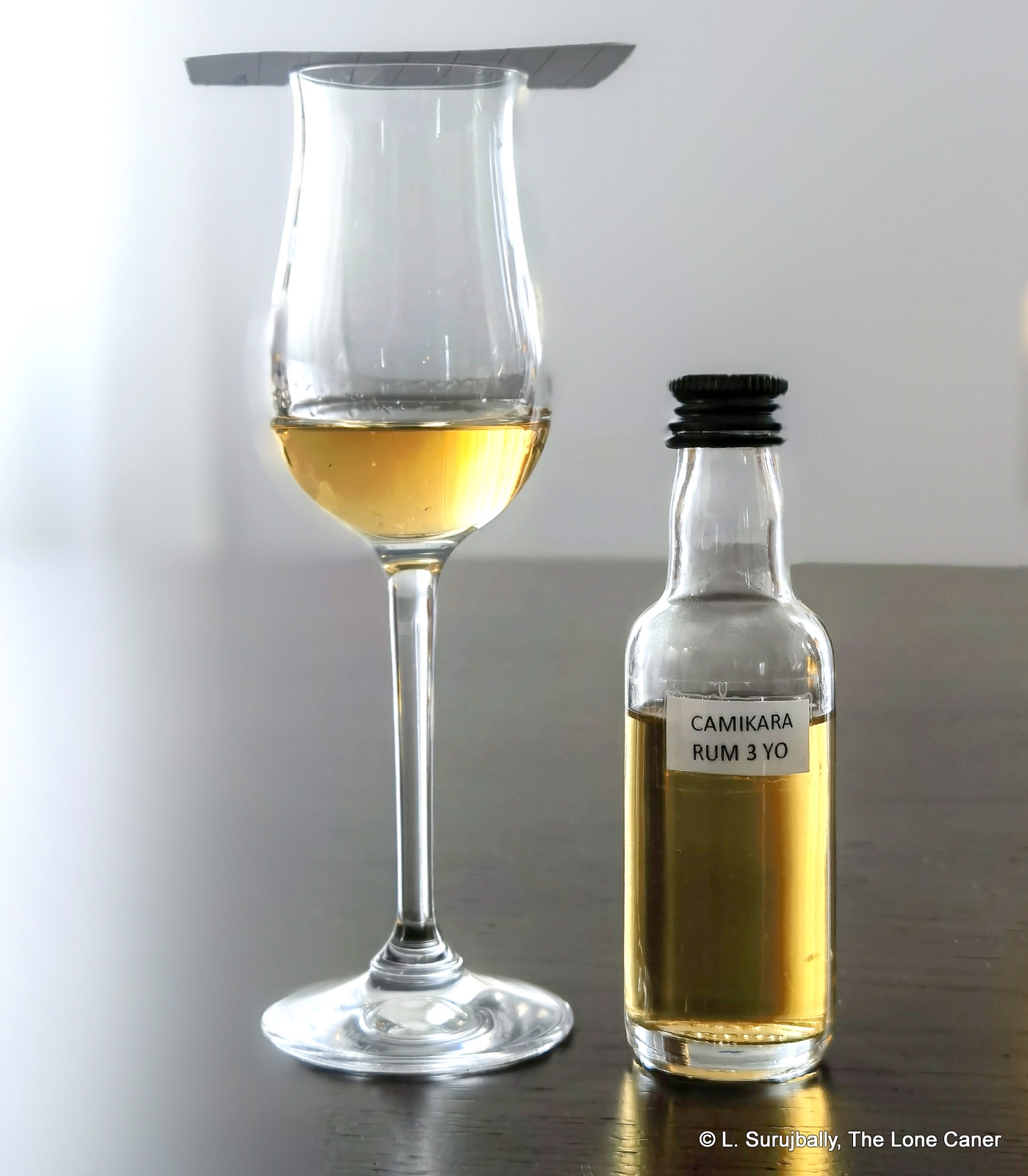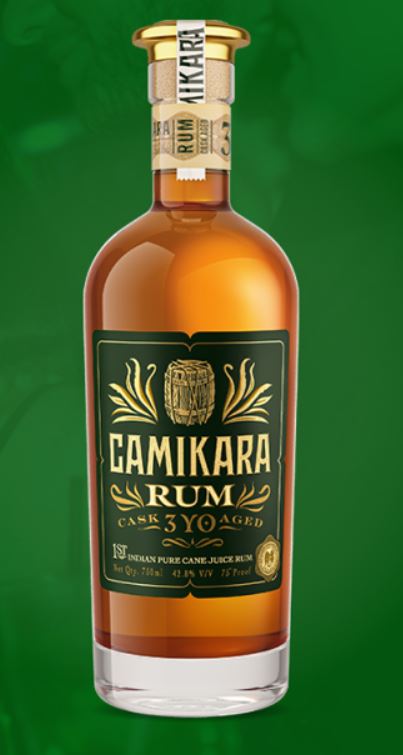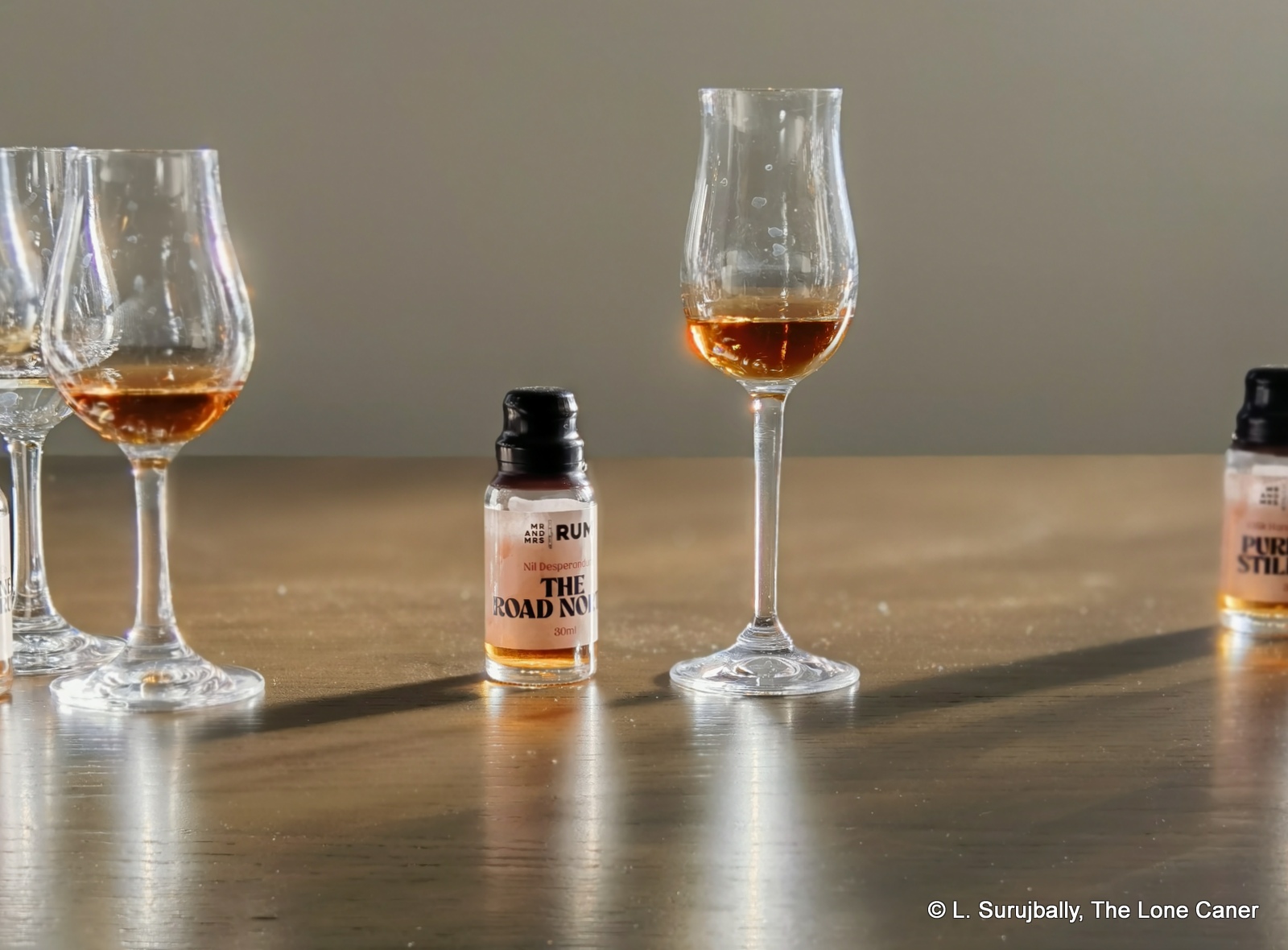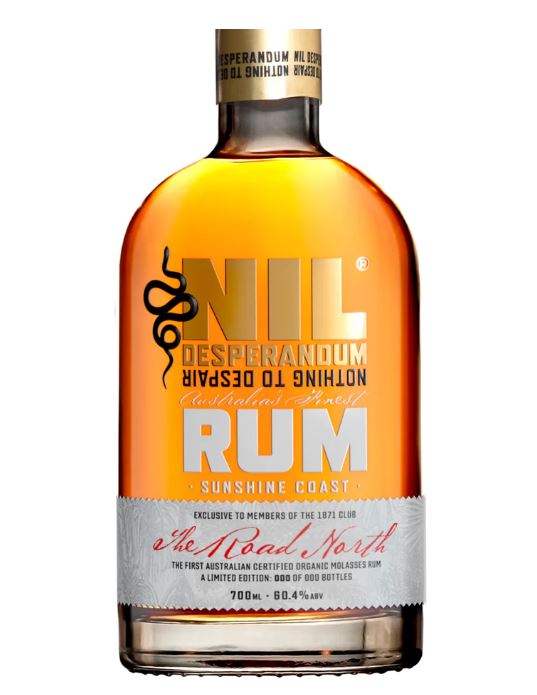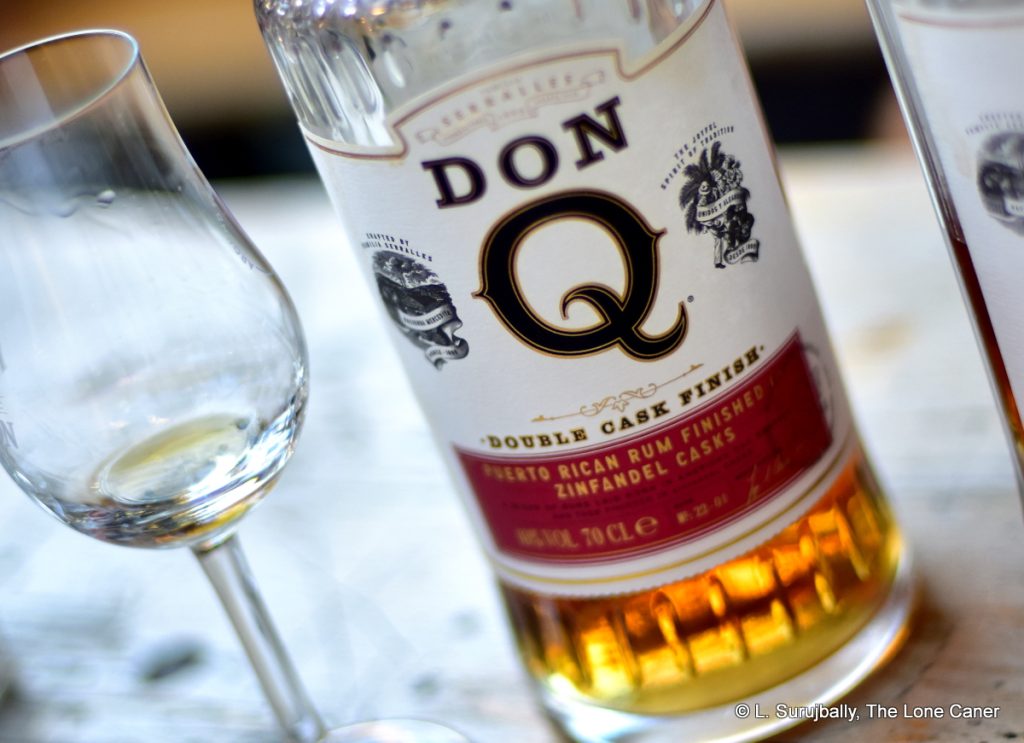
Don Q, the flagship brand of Destilería Serrallés out of Puerto Rico, is a company whose products I’ve taken the time took at in some depth over the last months; this is largely due to the courtesy of their enormously friendly brand rep, Duncan Hayter, who let me hang out at the Serrallés / Don Q booth at the German rum festival some time back. I didn’t get to try everything the company has, just enough to get a good feel for the line from their bottom feeders to the top end.
What’s interesting here, now, is how many rums they have in the portfolio, that have been finished in some other barrel as part of the overall ageing process. Whether the Don Q Zinfandel is double aged or “merely” finished can be debated without resolution, but there’s no question that it demonstrates something the way major producers are adapting to the whole business of “more than just ex-bourbon barrels”. Until just a few years ago, finishes and secondary maturations were the exception, mostly practiced by independents – now, more and more we are seeing primary producers get in on the game.
Don Q has several such rums in its current (2025) lineup – these are finished or double aged in, variously, port, sherry, vermouth, port, cognac… and, in this case, Zinfandel wine casks. So here we have a blend of column-still rums aged in ex-bourbon barrels for anything from 5 to 8 years, then rested (I guess that means “aged” in this context) in California ex-Zinfandel casks for a further three years (see “other notes” below, because the back label is somewhat at odds with this). Surprisingly enough, they keep with the tried and true 40%, which I’ve commented on before.
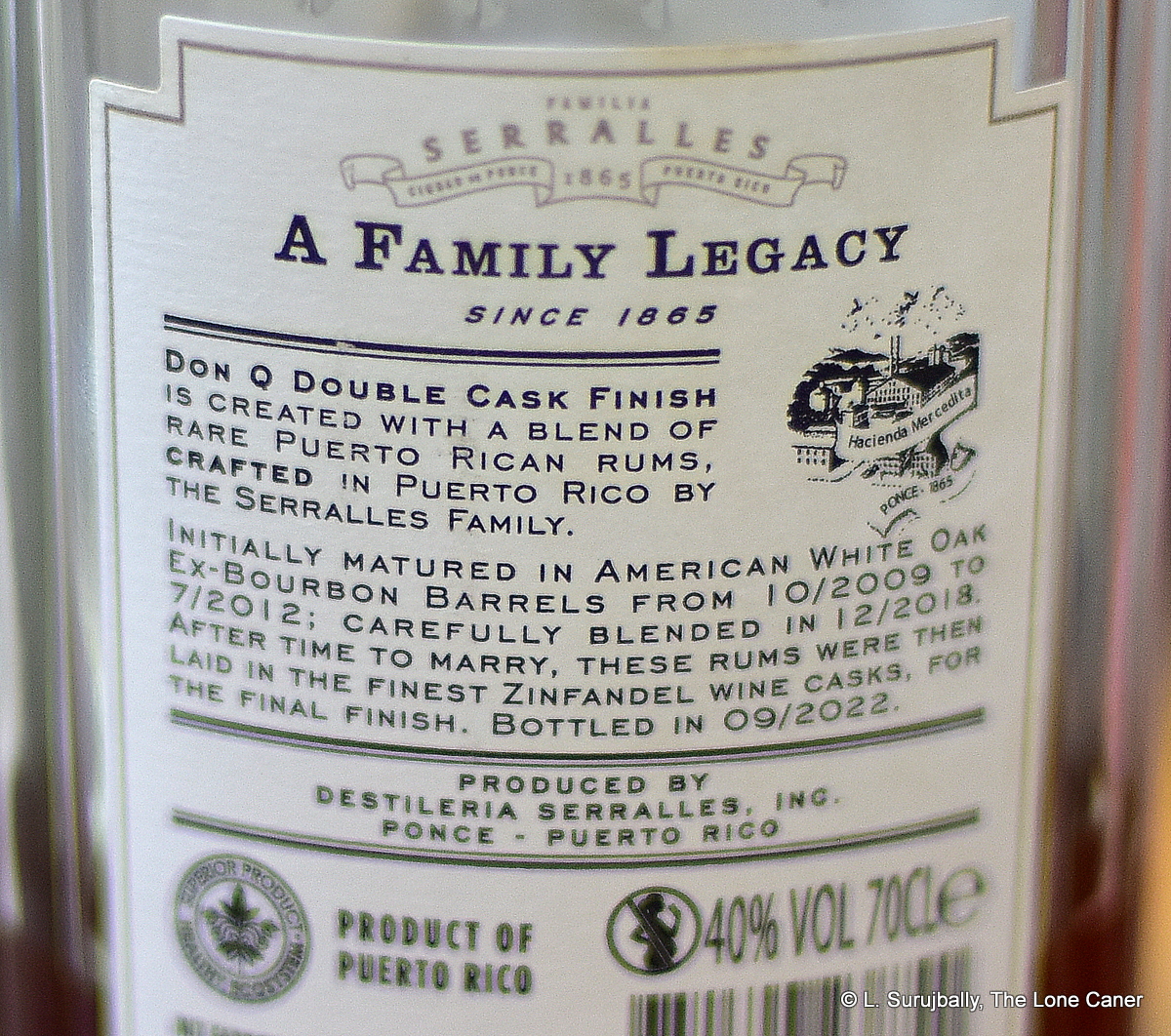 Let’s go to the tasting, then. Nose first: fruity woody sweet vanilla winey, licorice (faint) berries, prune juice, burnt charred wood, hot tea. It’s quite fragrant and exhibits the complexity we would expect with that extra filip of ageing in Zinfandel. It’s mild, fruity and floral, with just enough bite (even at 40%) to make it display some character.
Let’s go to the tasting, then. Nose first: fruity woody sweet vanilla winey, licorice (faint) berries, prune juice, burnt charred wood, hot tea. It’s quite fragrant and exhibits the complexity we would expect with that extra filip of ageing in Zinfandel. It’s mild, fruity and floral, with just enough bite (even at 40%) to make it display some character.
The palate is a mix of expected (one might say traditional) highlights, plus some intriguing enhancements: caramel, marshmallows, vanilla, coconut, toffee, blanmange, some smoke and leather, the faintest bite of tannics… in other words, all the comfortable hits. Then, after a few sips, we can taste some citrus, and again, blackberries and prune juice, a little licorice, a dry red wine, and blood oranges. Nice, if soft, and almost – but not quite – skirting the edge of scrawniness. You aren’t getting much at the finish at 40%, but it’s crisp and quite clean, decent enough, with light, floral, fruity notes, and again, that wine-y background that finishes, alas, all too quickly.
Summing it up quickly, overall it’s a pleasant sipping rum and I see why Don Q placed it in the upscale section of their website (the “Serrallés Collection”, which confusingly includes a spiced rum that I would not consider a superior product, though maybe that’s just me). What hampers it is the standard strength, but if one moves past that and has it with a fresh palate, I think few would be displeased with the final result. If it could only be stronger, I think they might really have something here, but for what it is, there’s little more to complain about.
(#1127)(84/100) ⭐⭐⭐½
Other notes
- Video recap link
- The age is confusing. The back label says aged between October 2009 to July 2012 in American white oak. Then it was blended in December 2018. After an undefined period for the blend to marry, the rum was laid in Zinfandel casks for “the final finish” and bottled in September 2022. Note the gaps and lack of information on the periods. What happened between 2012 and 2018, and if it continued ageing, in what kinds of barrels? How long was the finish period? Matters are not helped by the website which simplifies all this by saying aged in American white oak for five years and in Zinfandel for three. For the purposes of this review, I have used the website since it is presumably more current and less prone to misinterpretation.
- The difference between the wording on the rum’s label and the website entry also shows something of the confusion that permeates the industry – both by consumers and producers alike – as to what exactly constitutes a finish versus double maturation (or double ageing). On the label it’s called a “double cask finish”. On the website the same rum is called “double aged.” For my money, they describe aspects of the same process, which is that of using more than one type of barrel to enhance the ageing process and final flavour profile. The key is in the timing, which remains, somewhat surprisingly, undefined by the brand.
- In my own work, I tend to see a “finish” as secondary ageing of something less than one year, and “double ageing” or “double maturation” as anything more than one year. However, I must state that this is simply my personal take on the matter and if there is a more rigorous definition out there, feel free to let me know.
